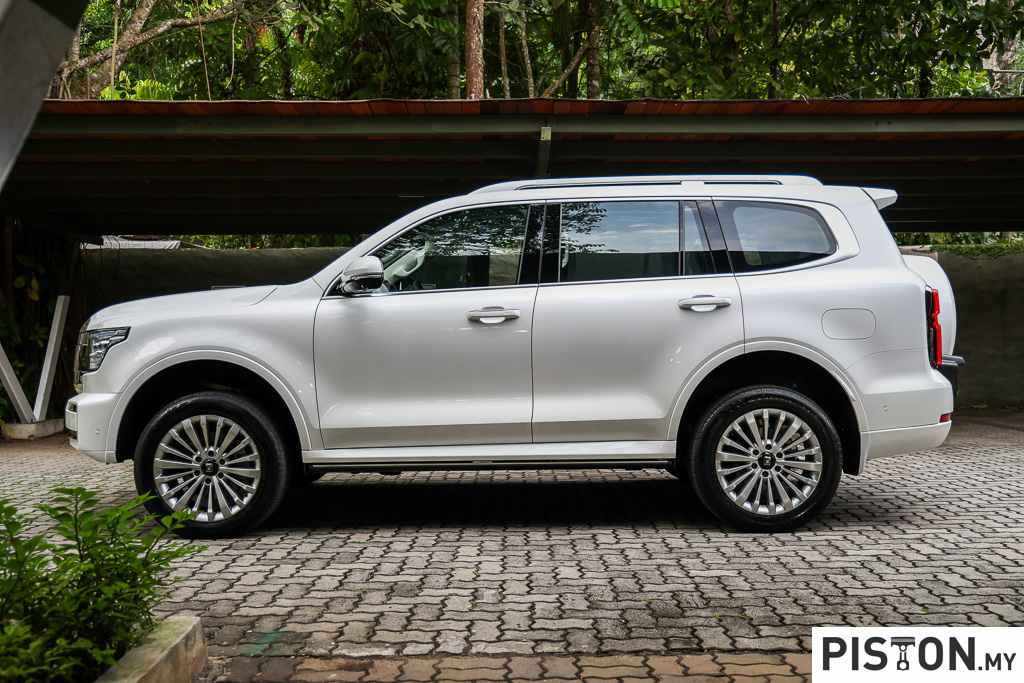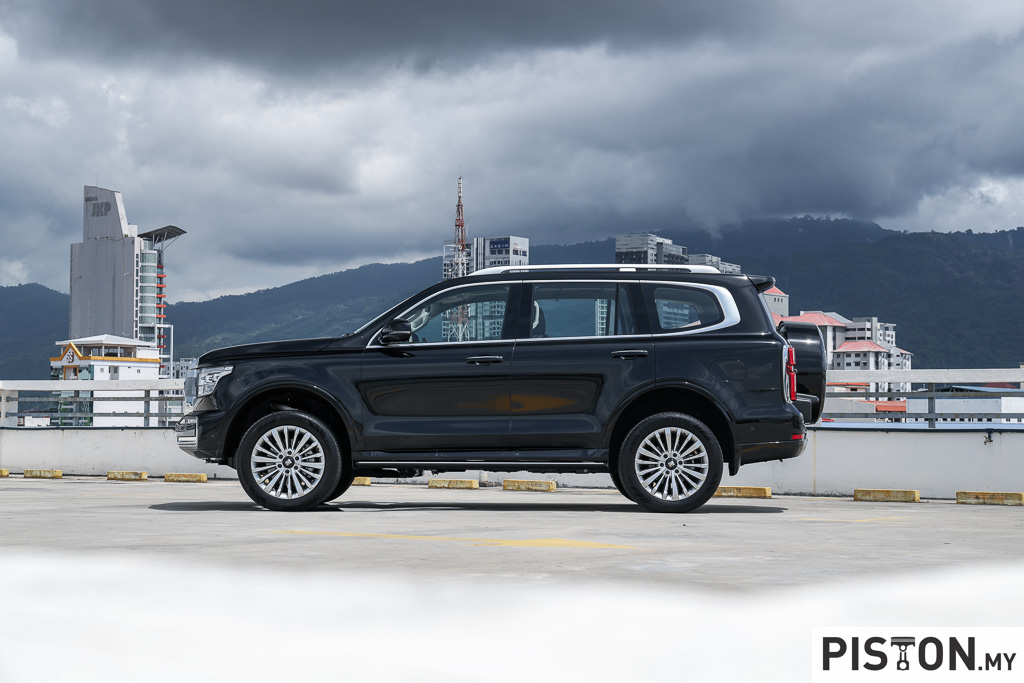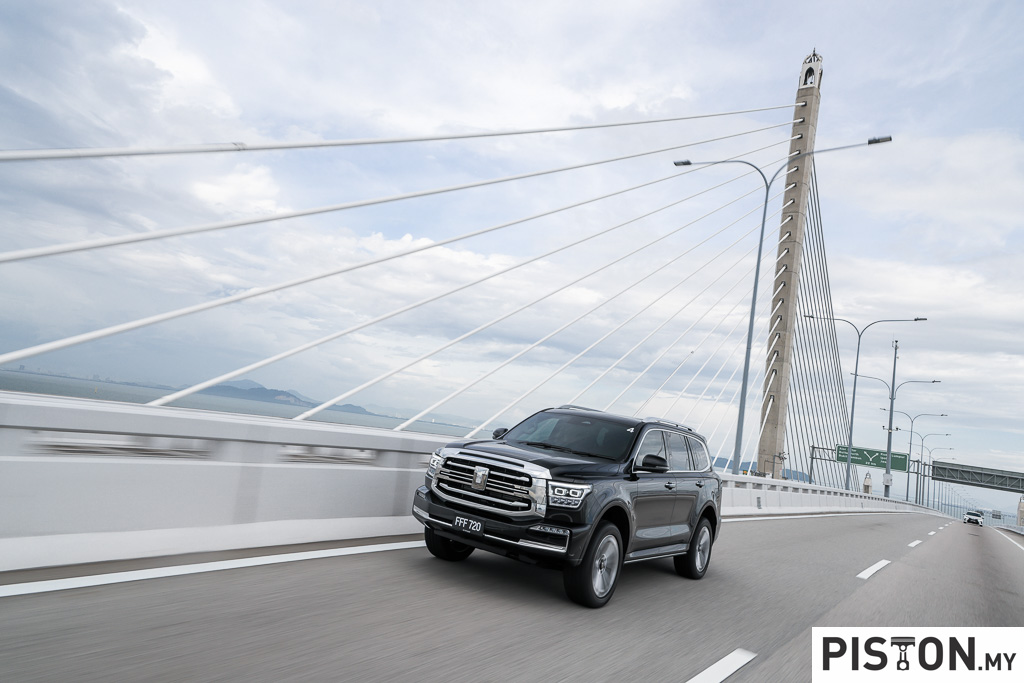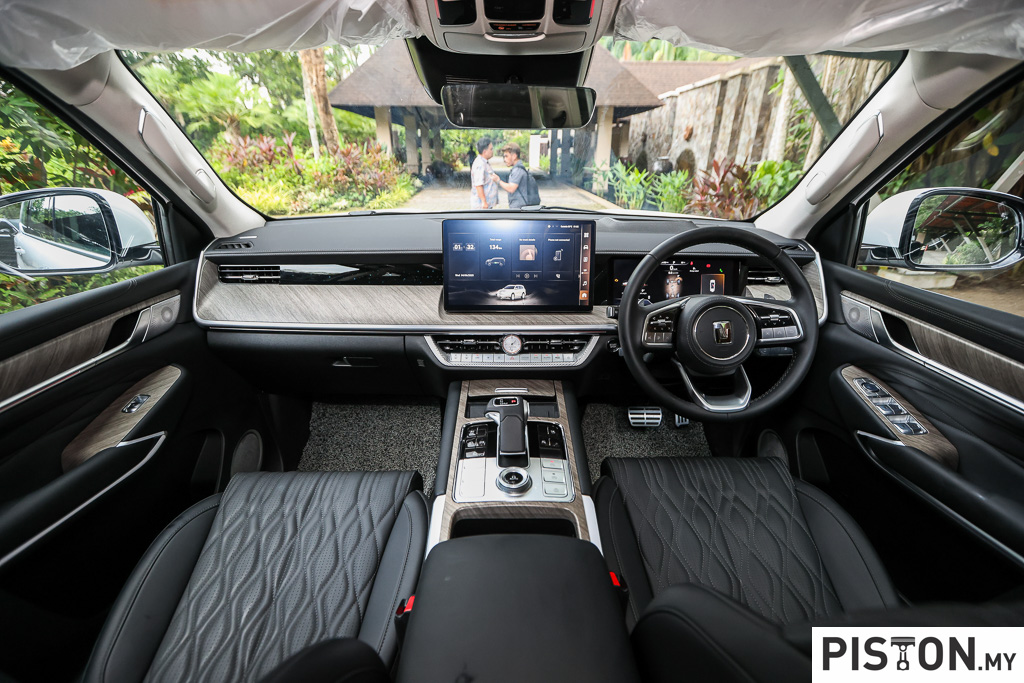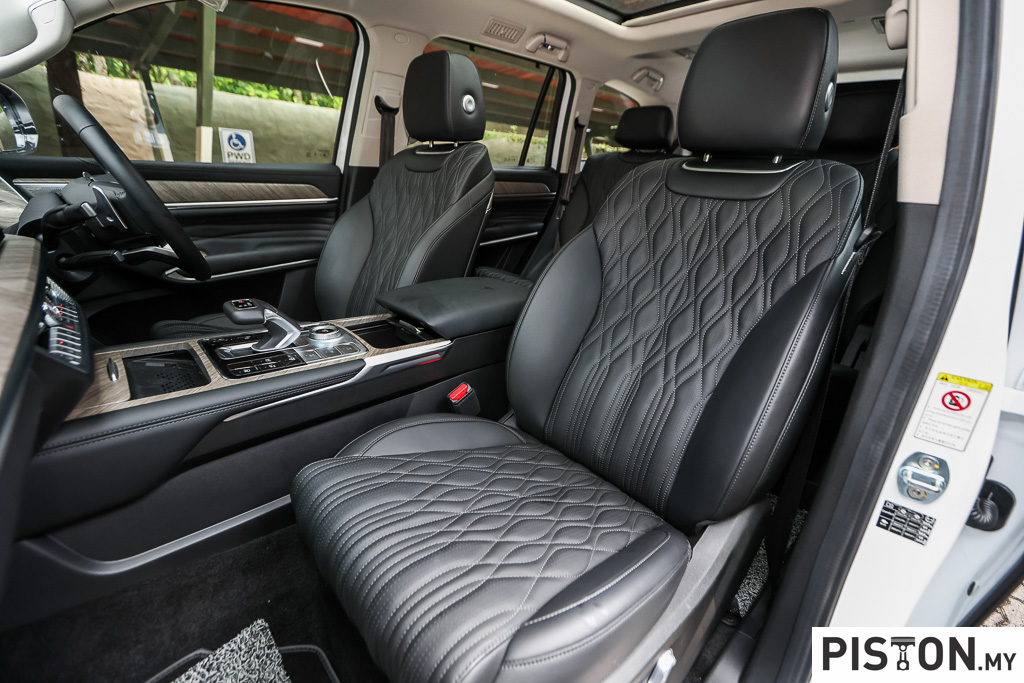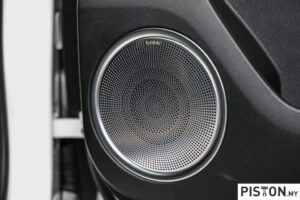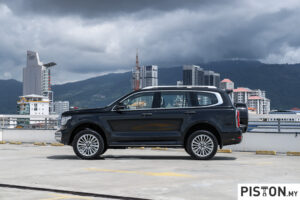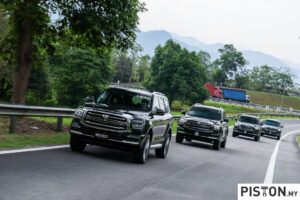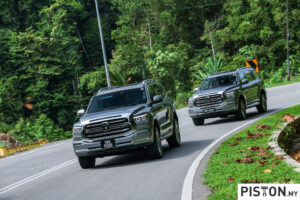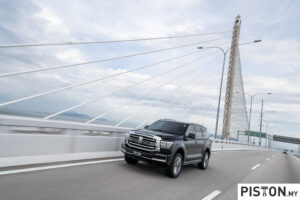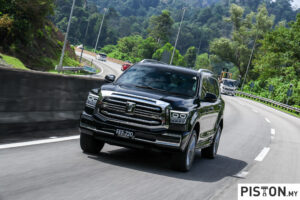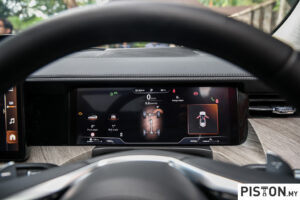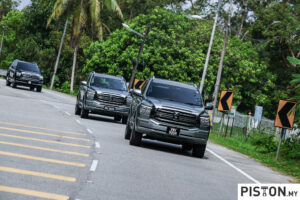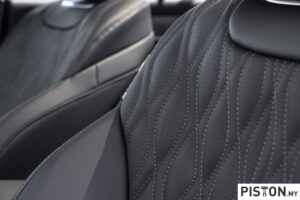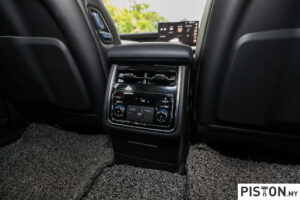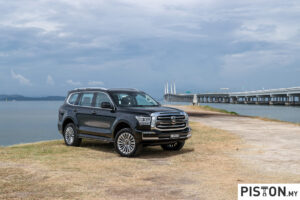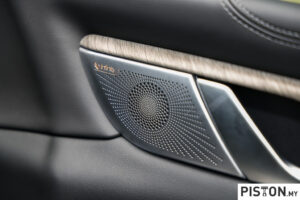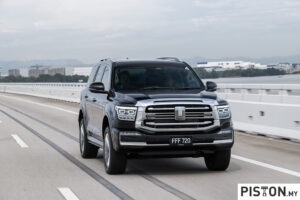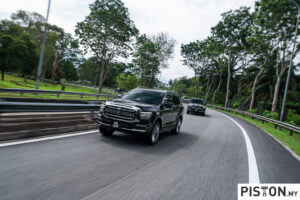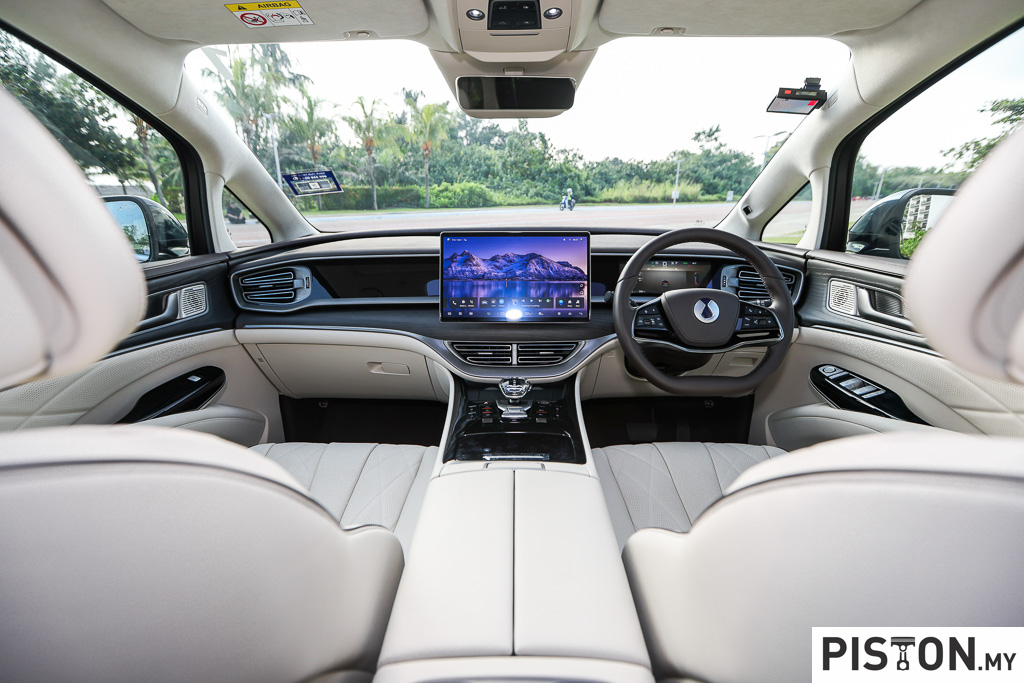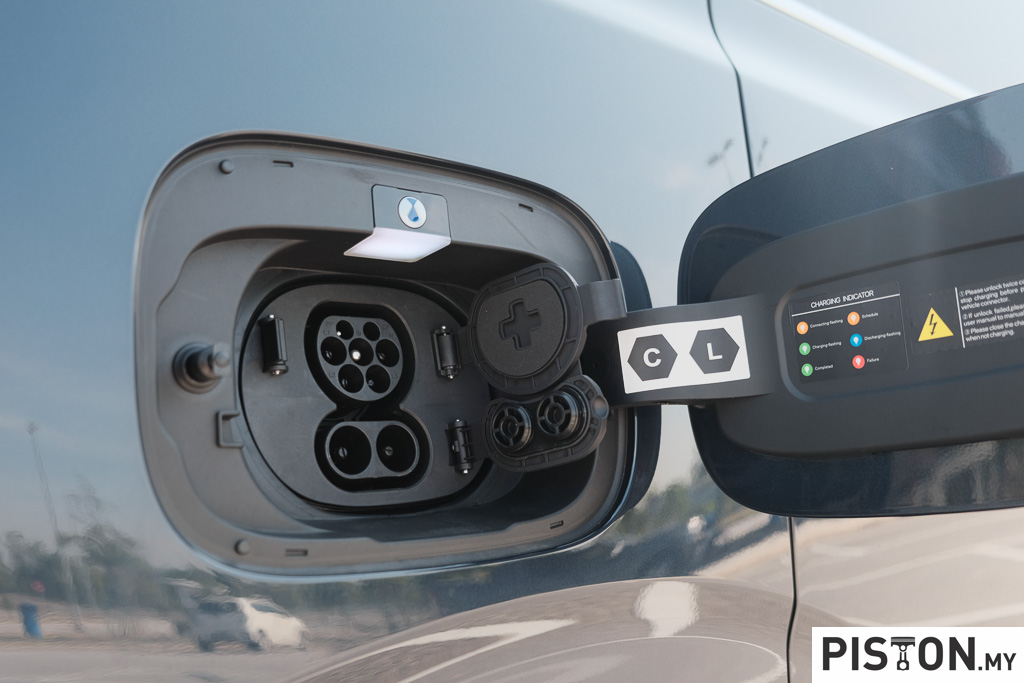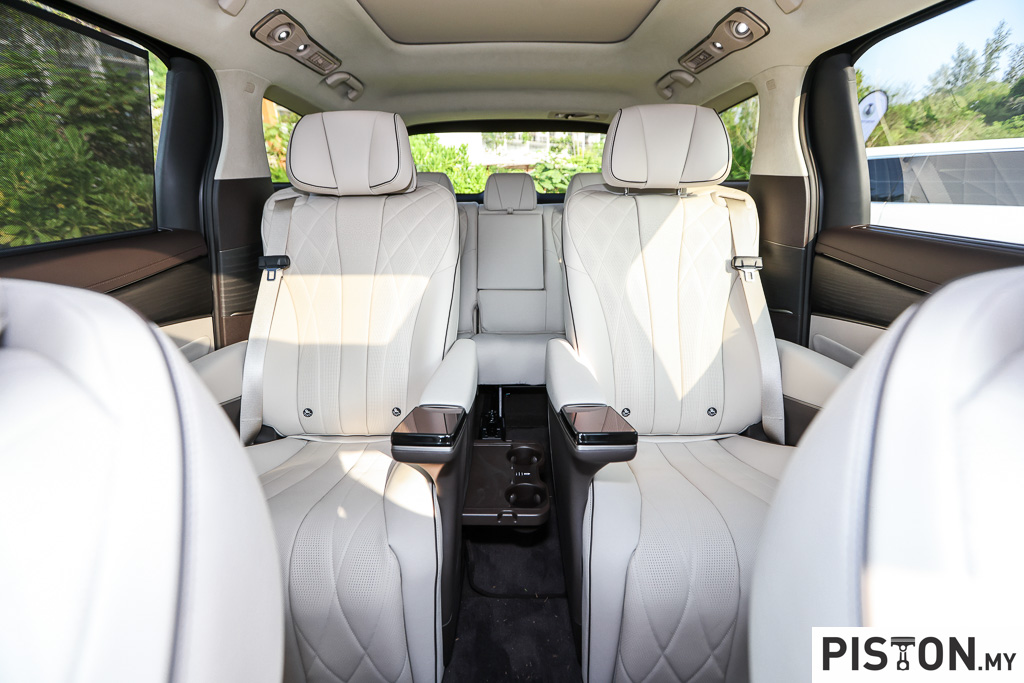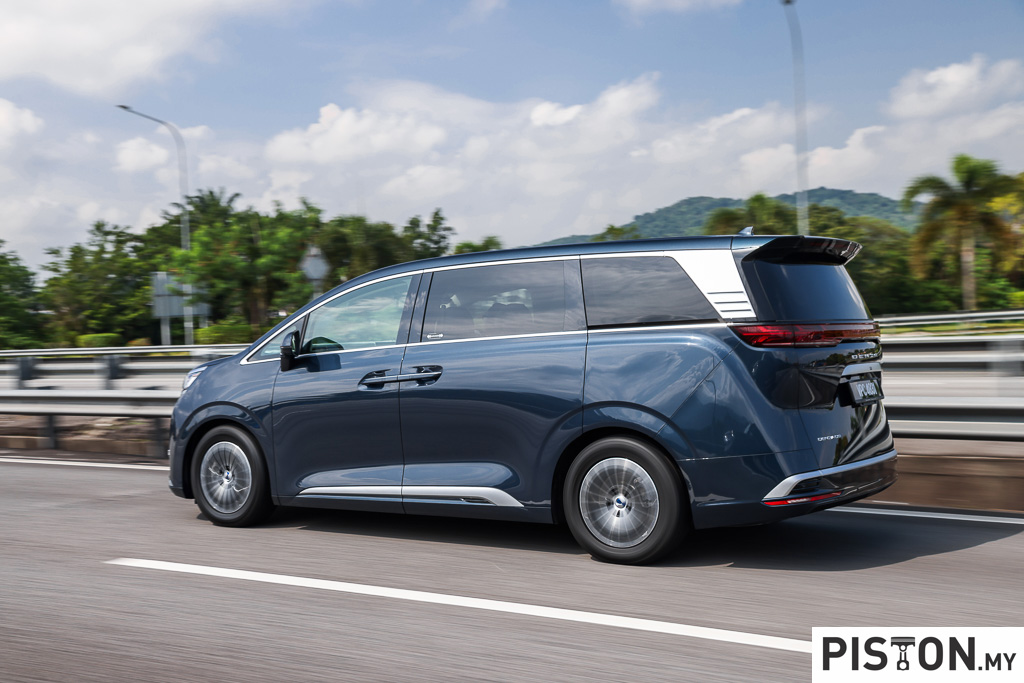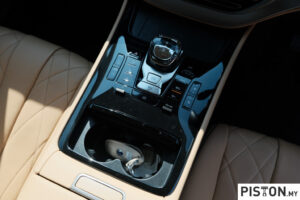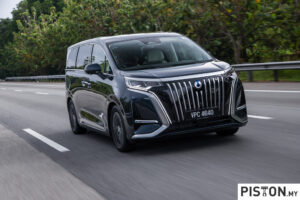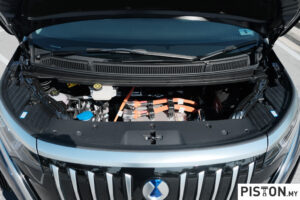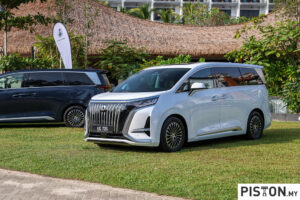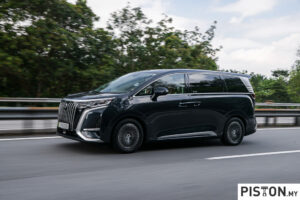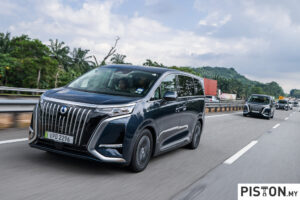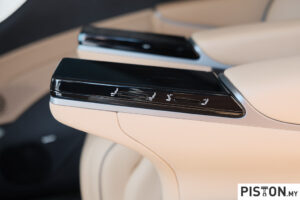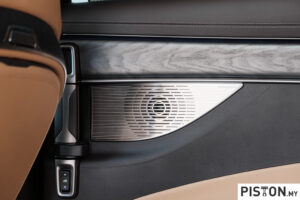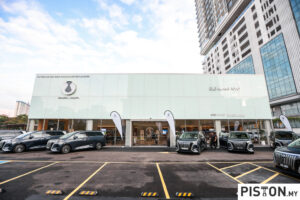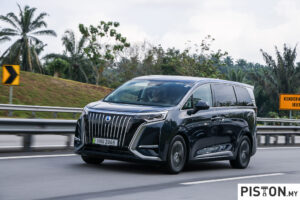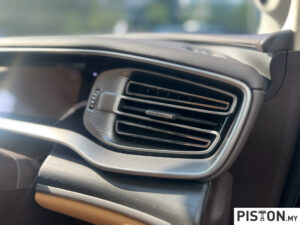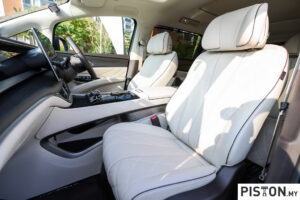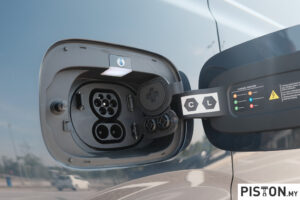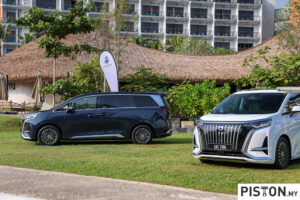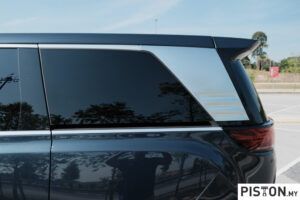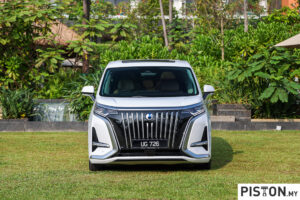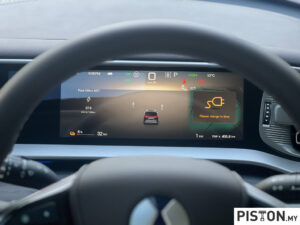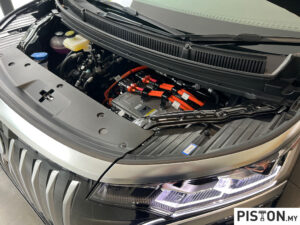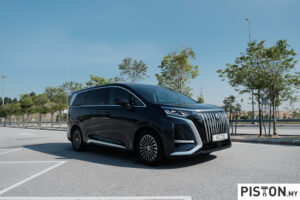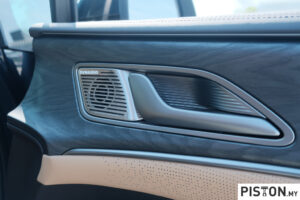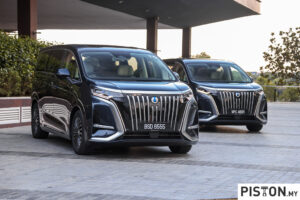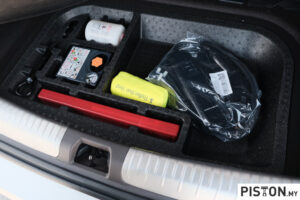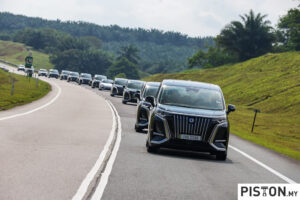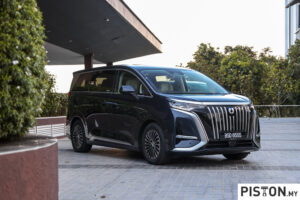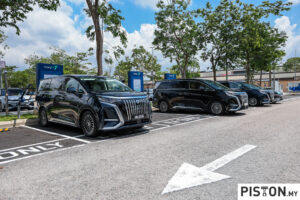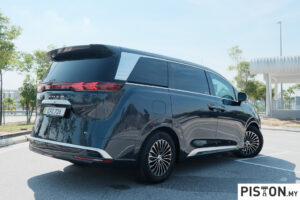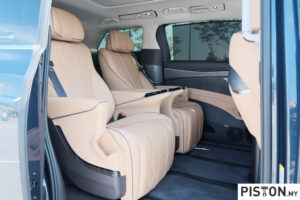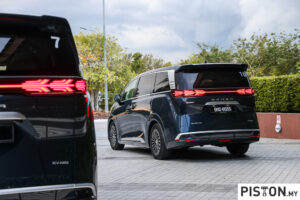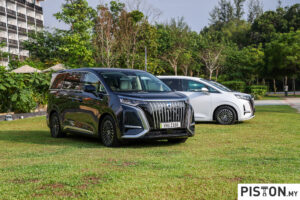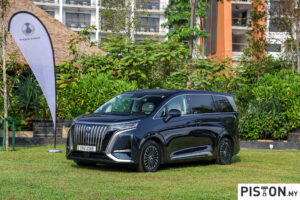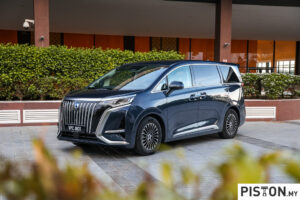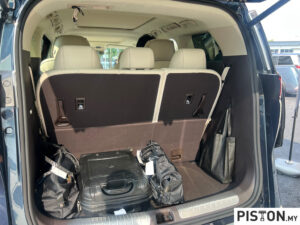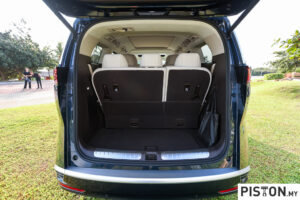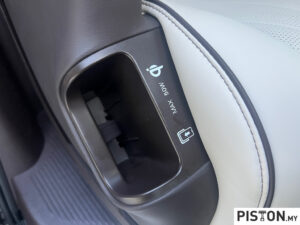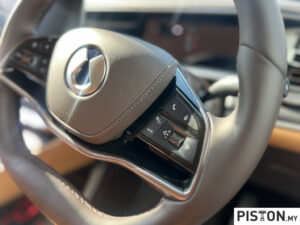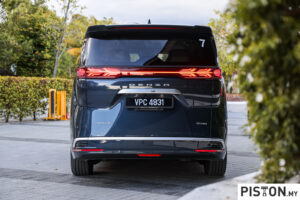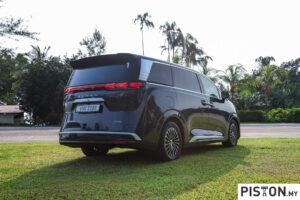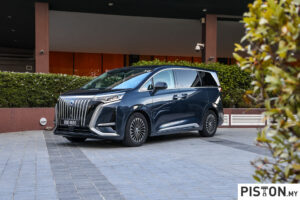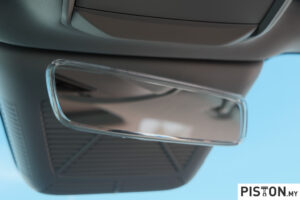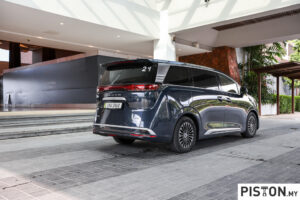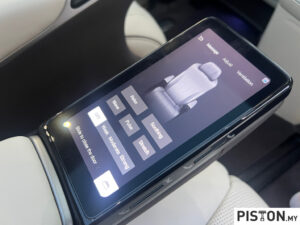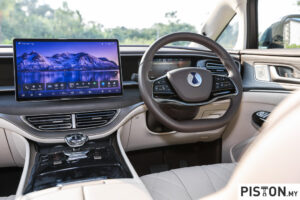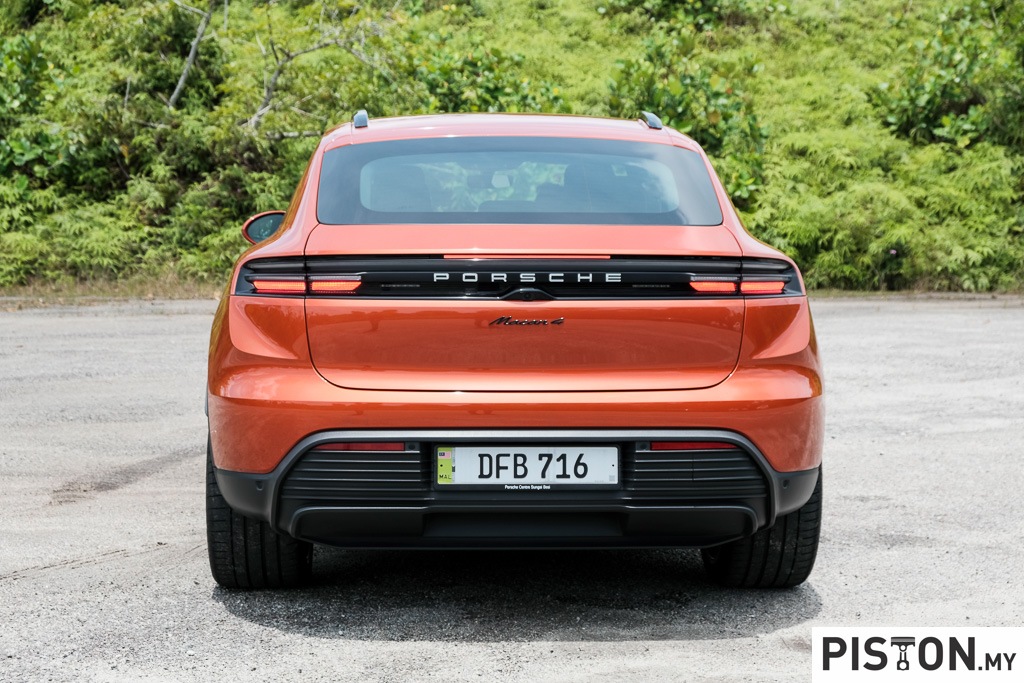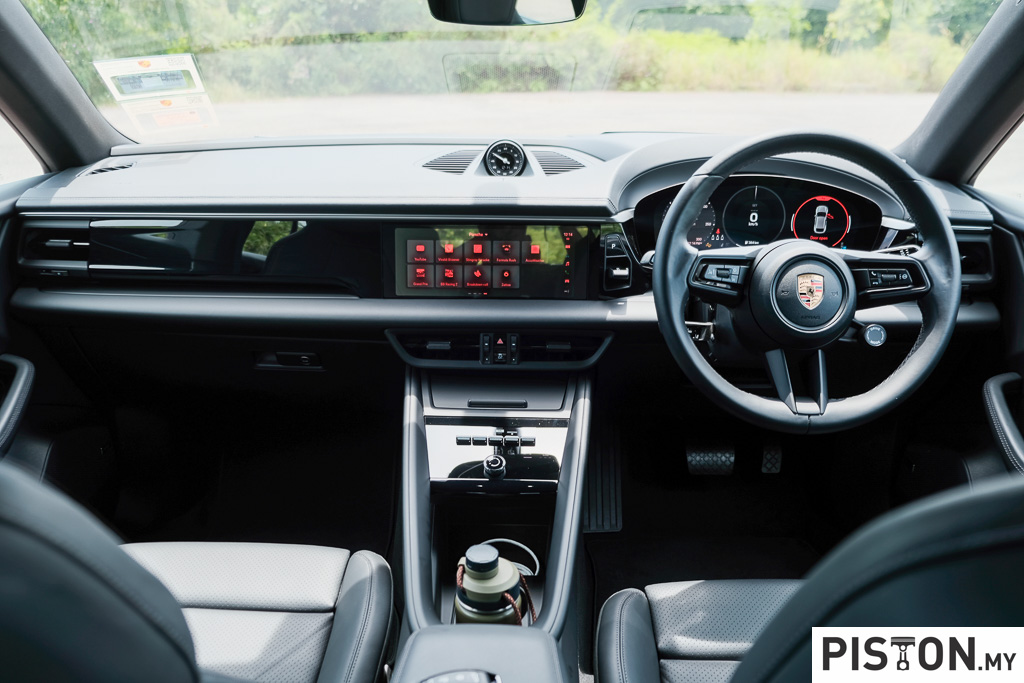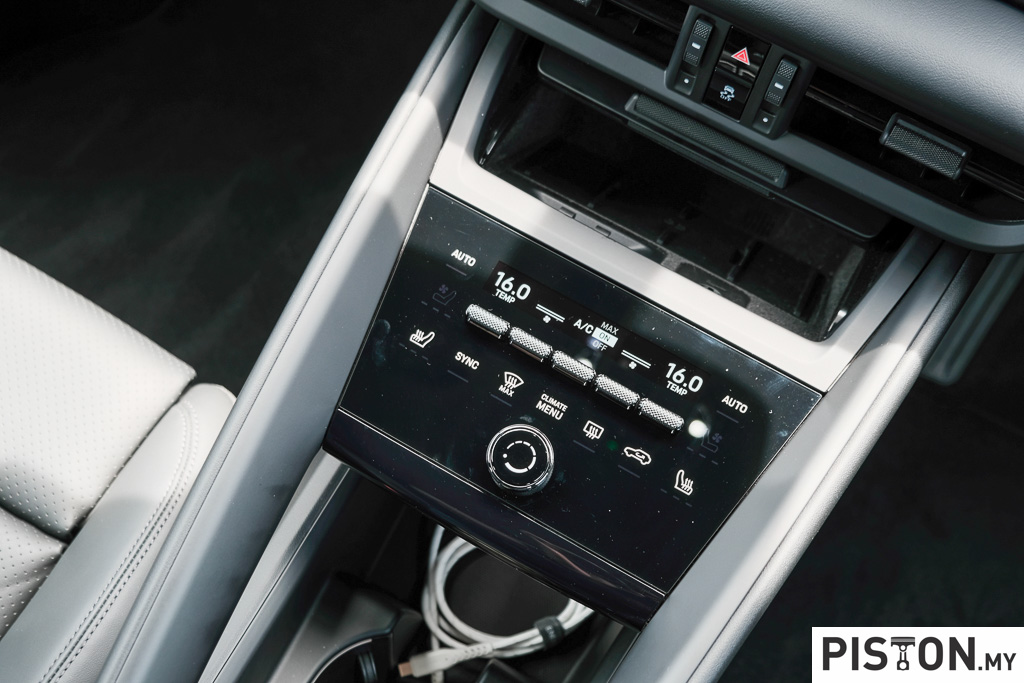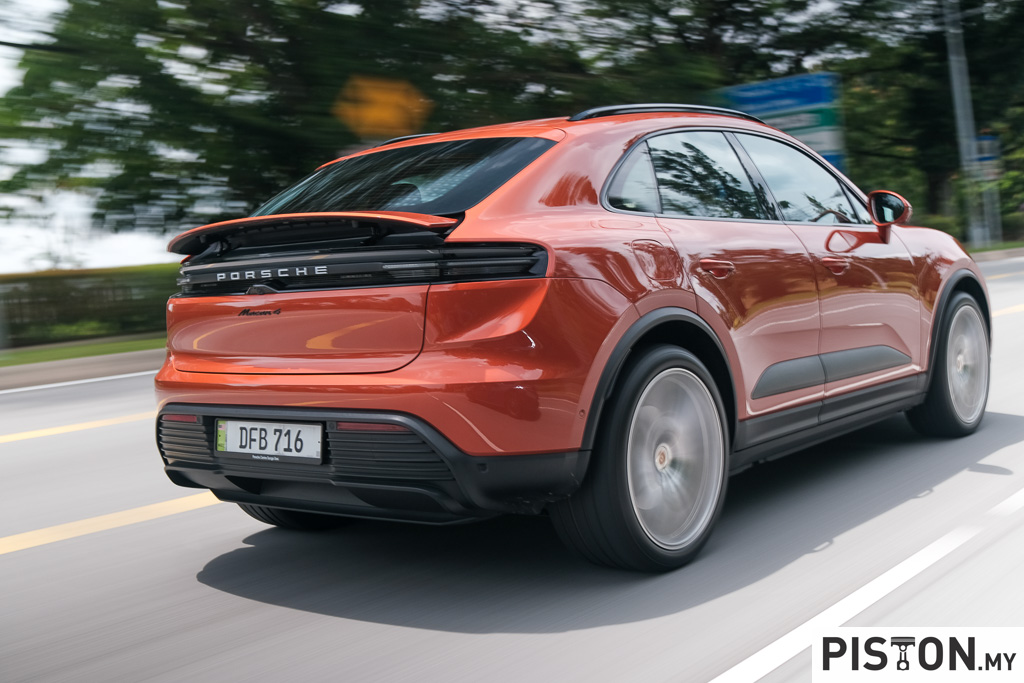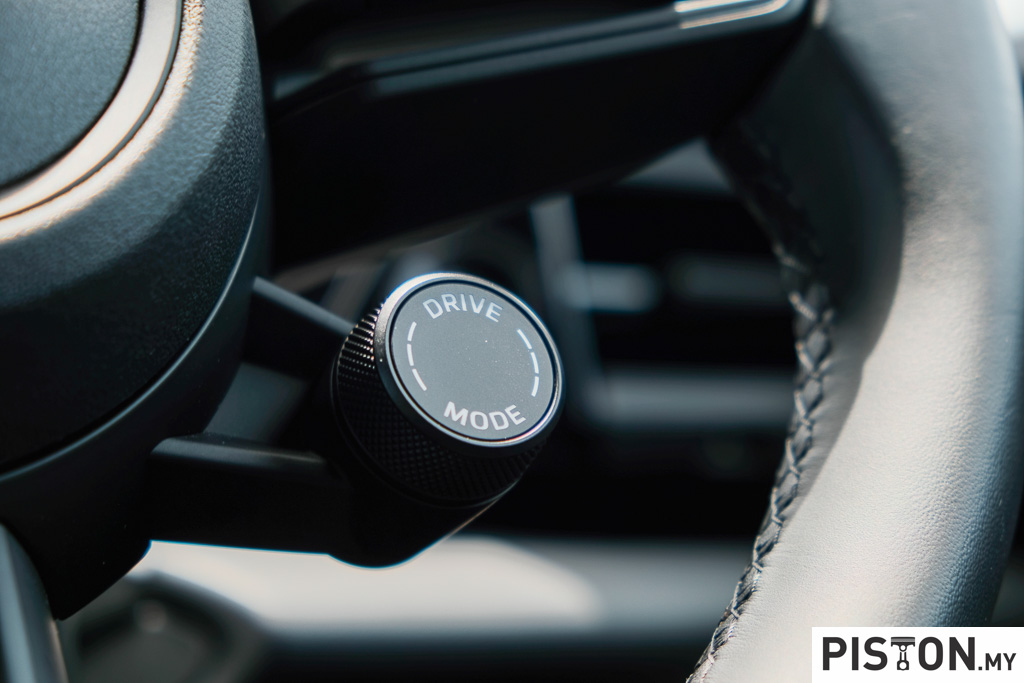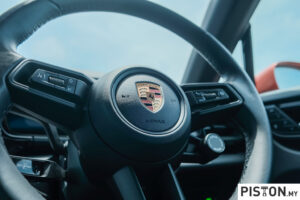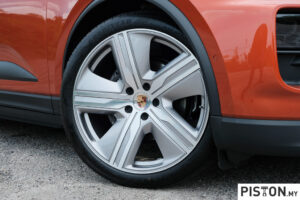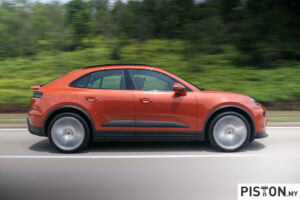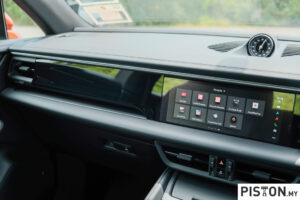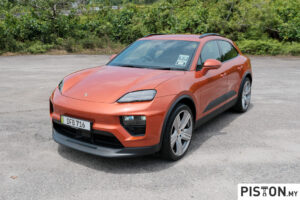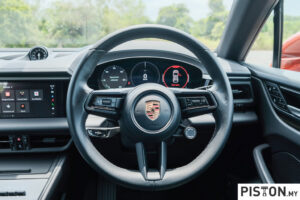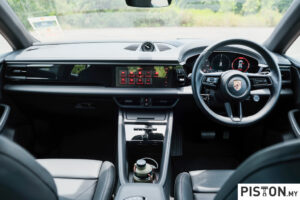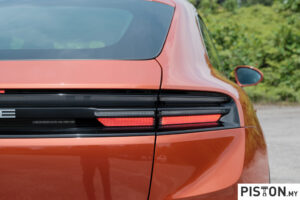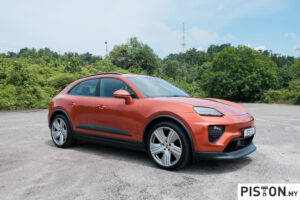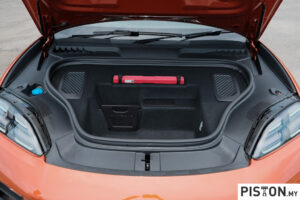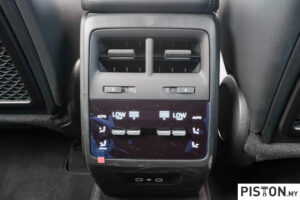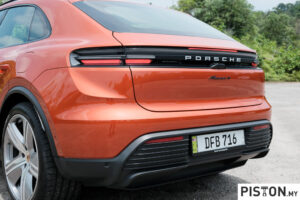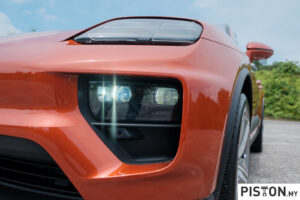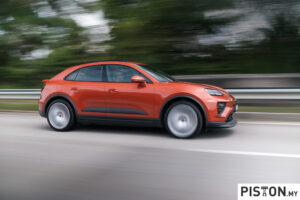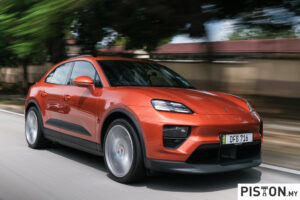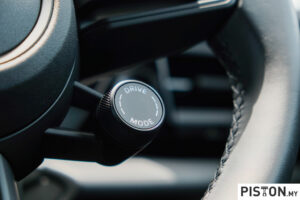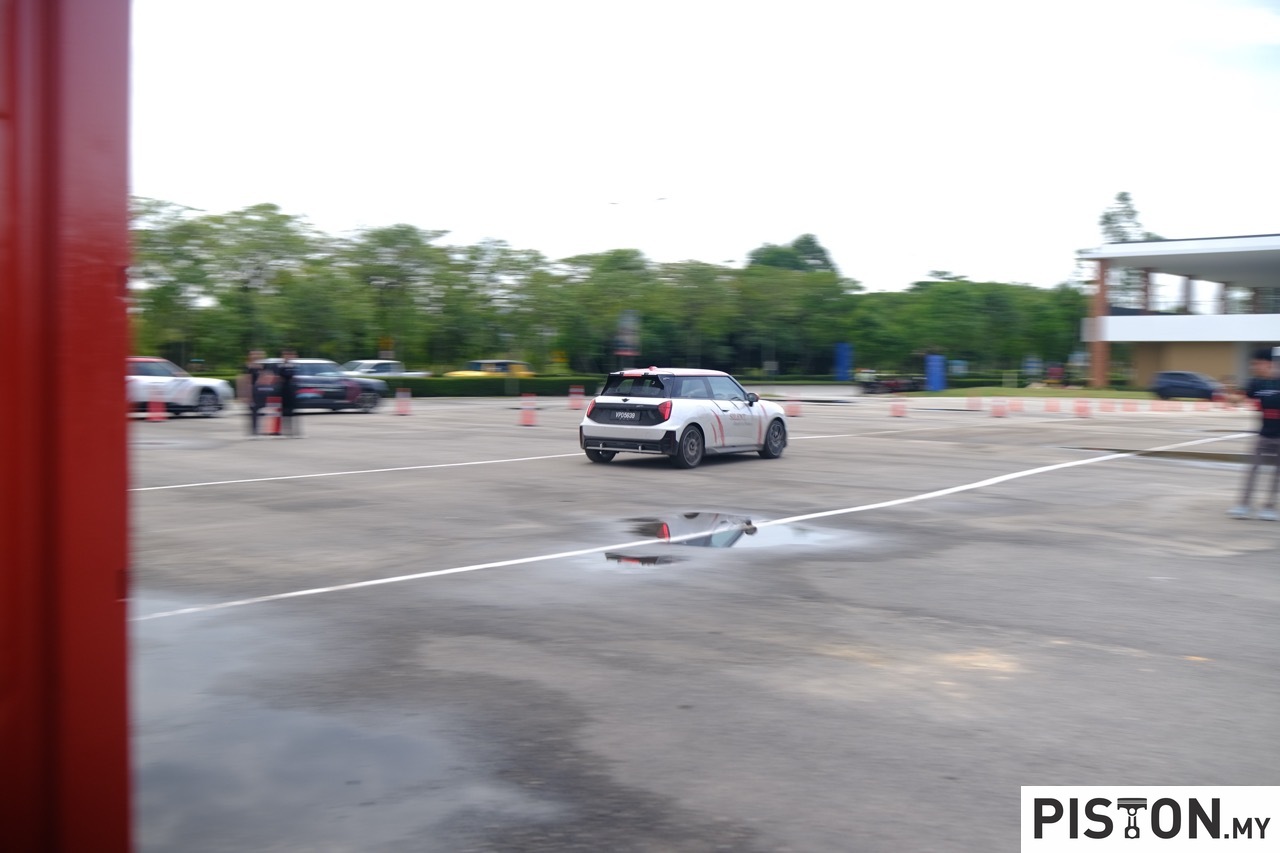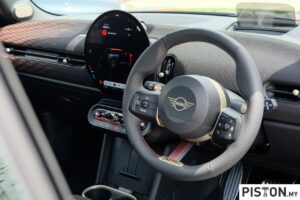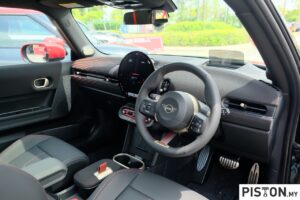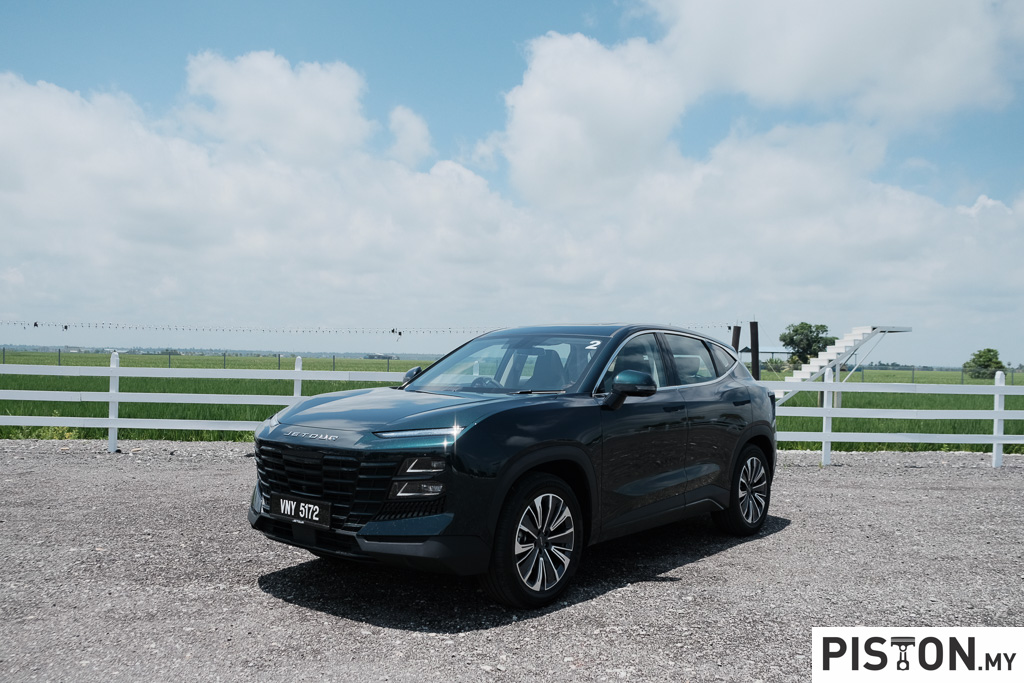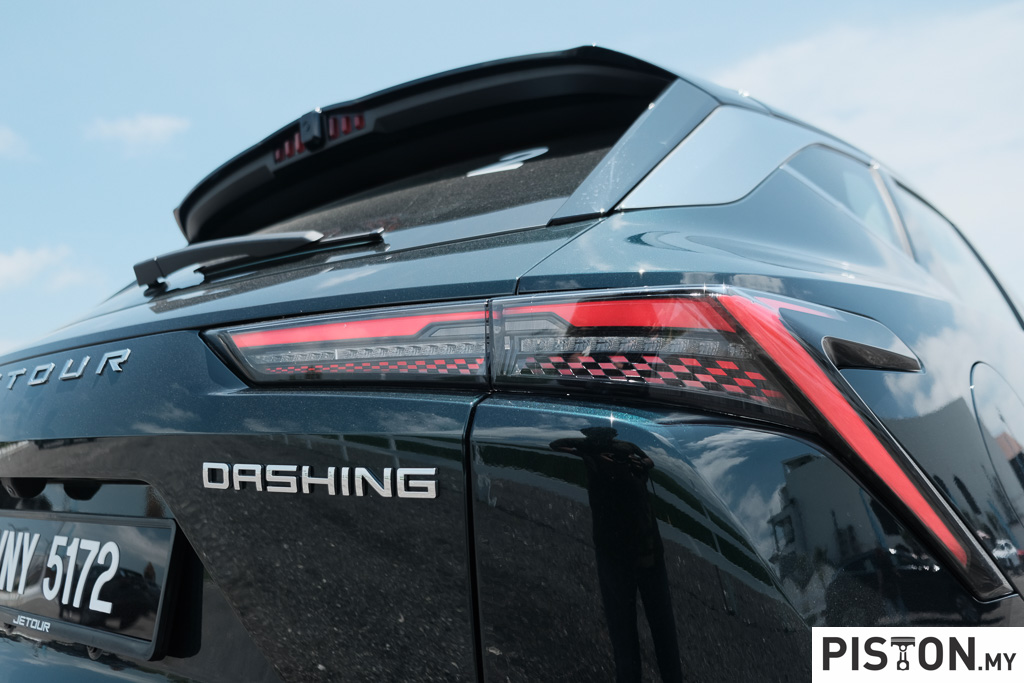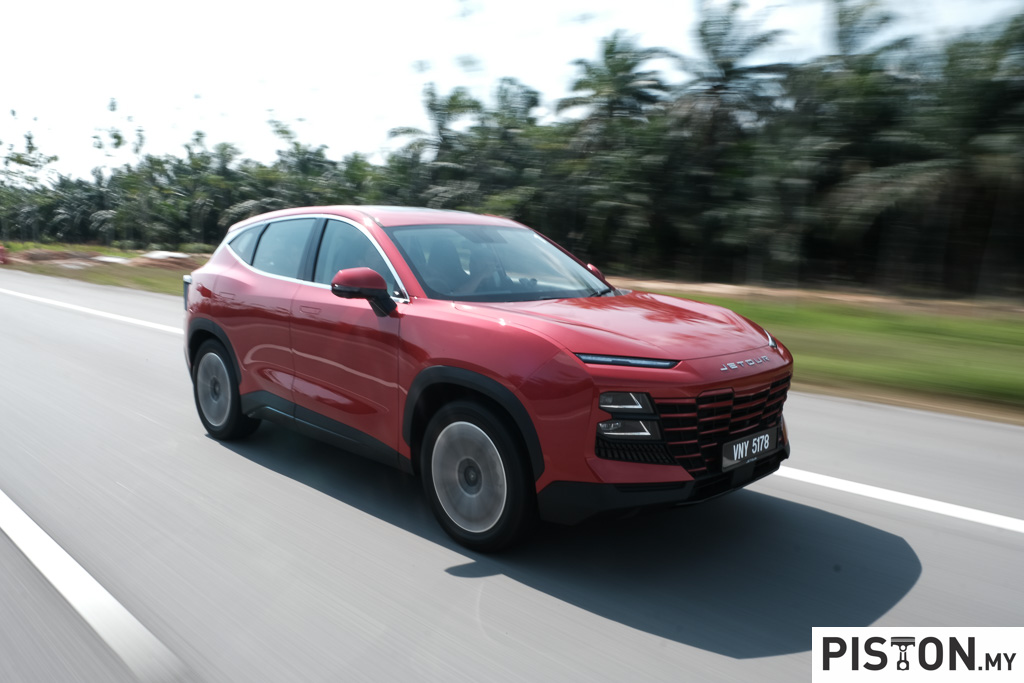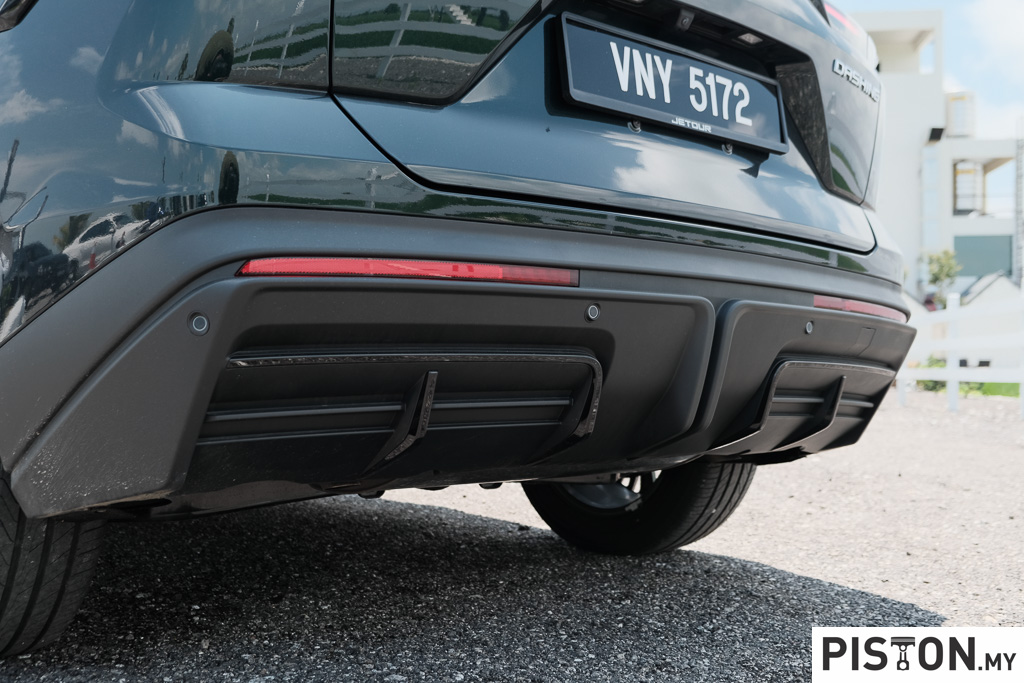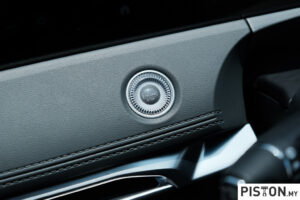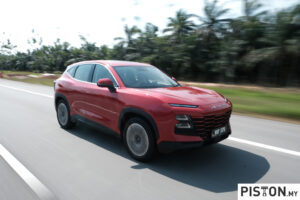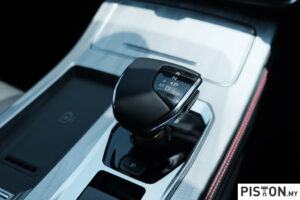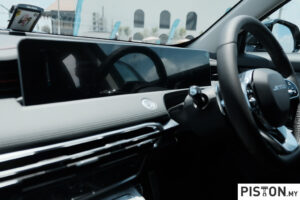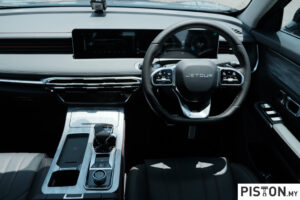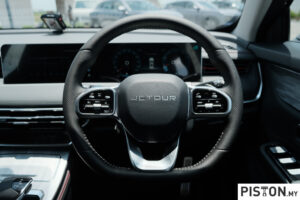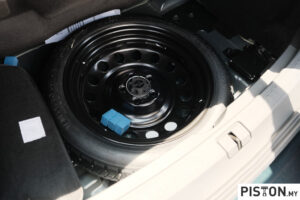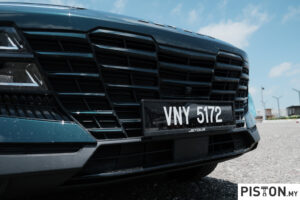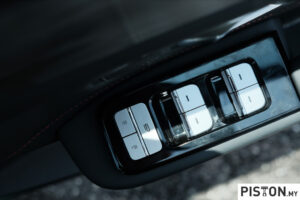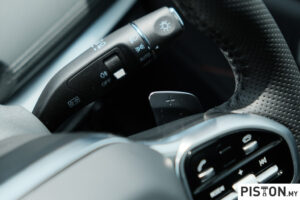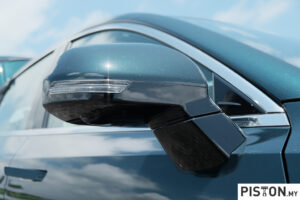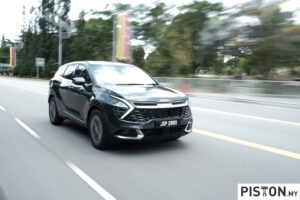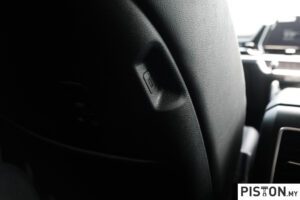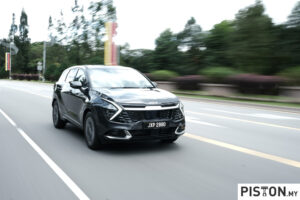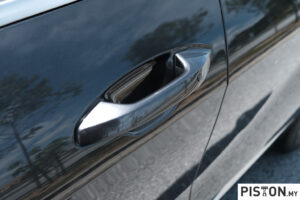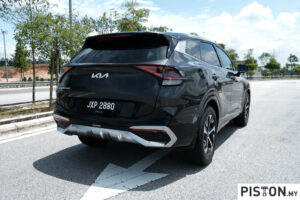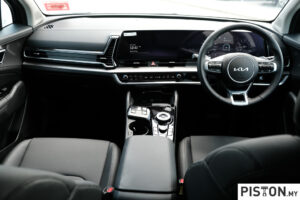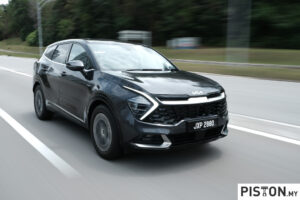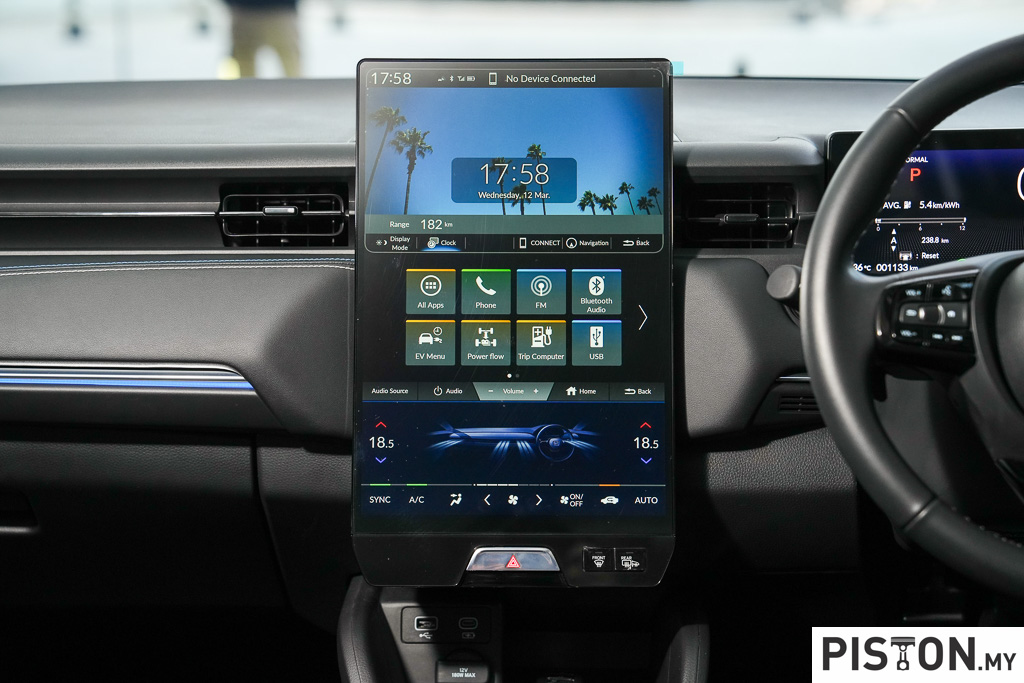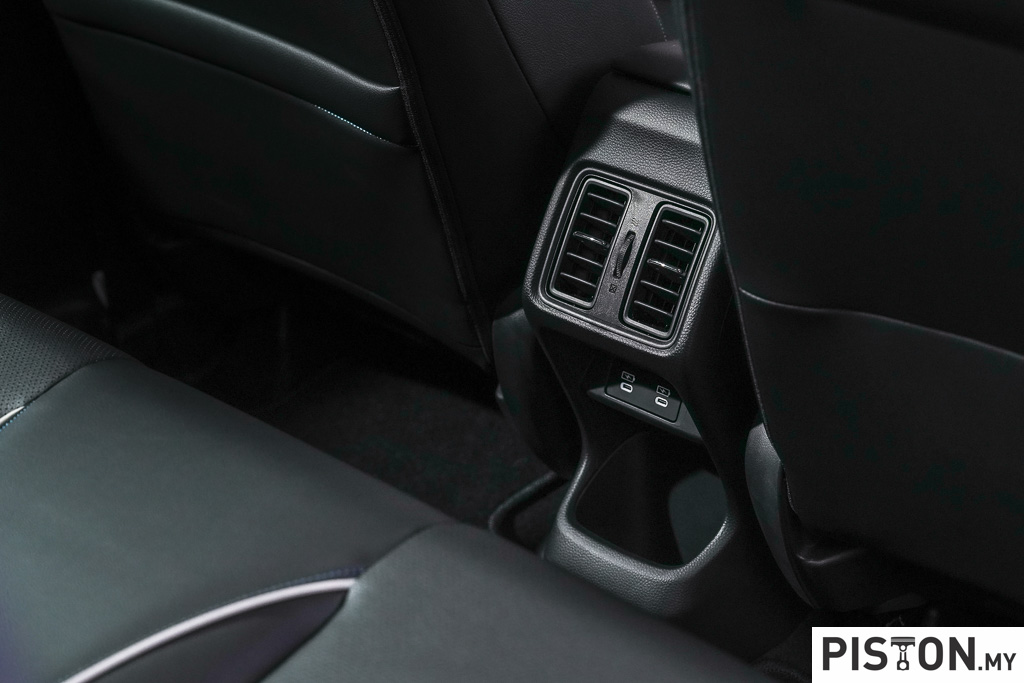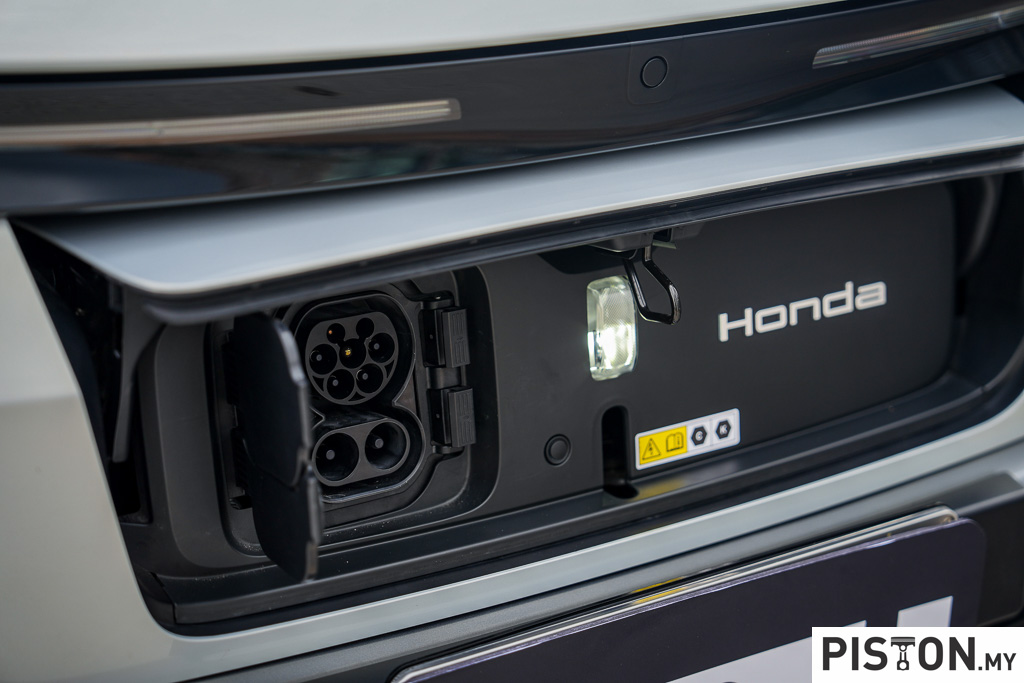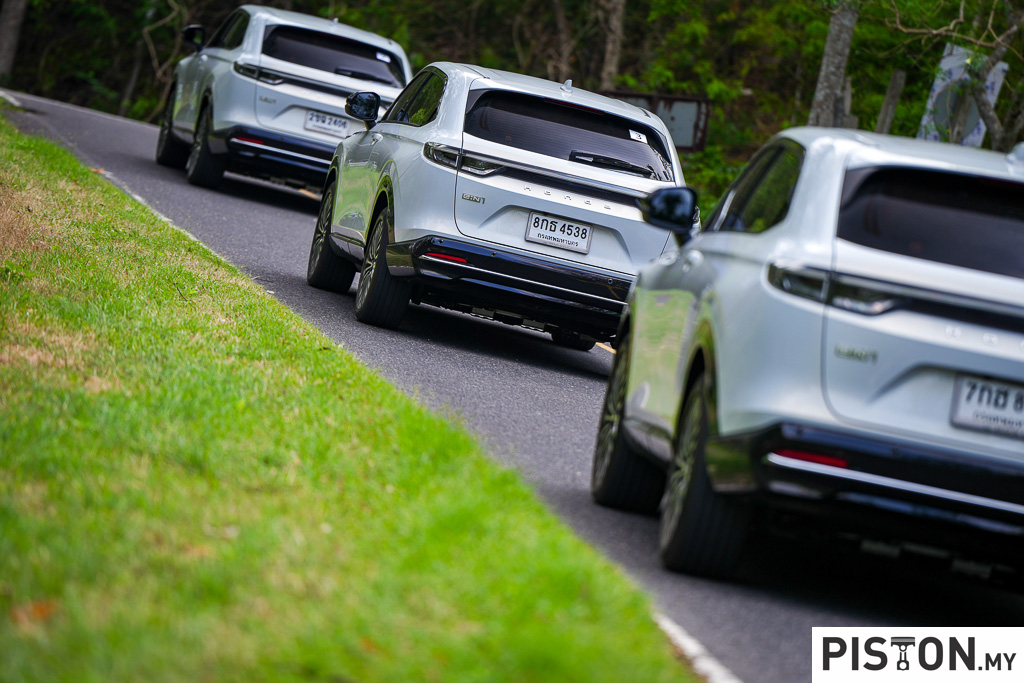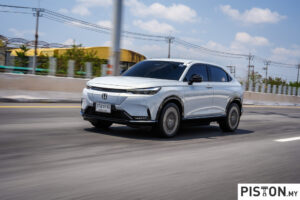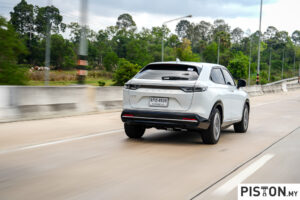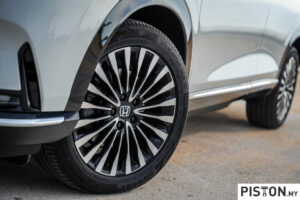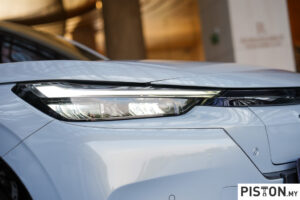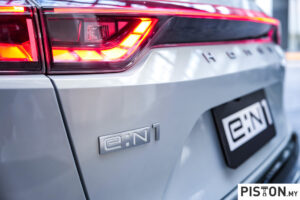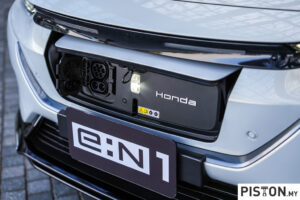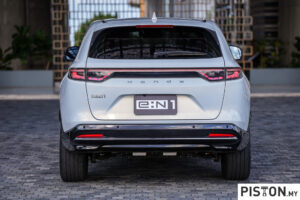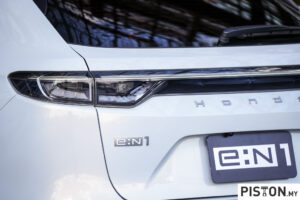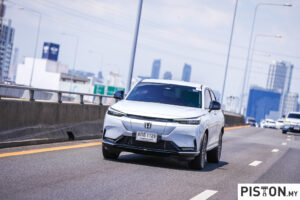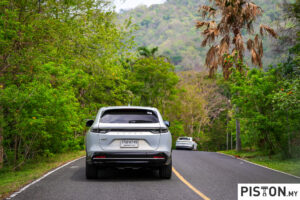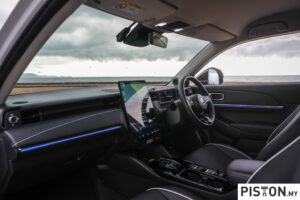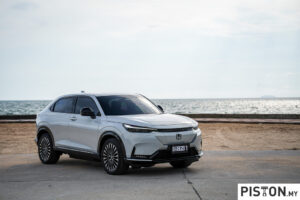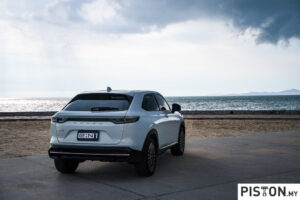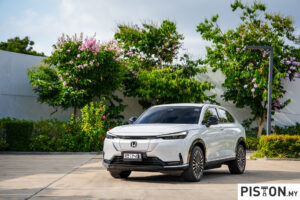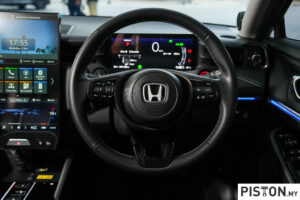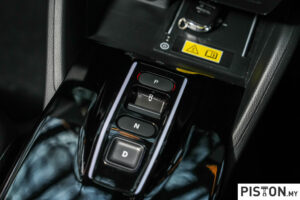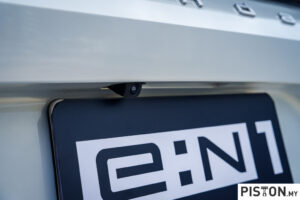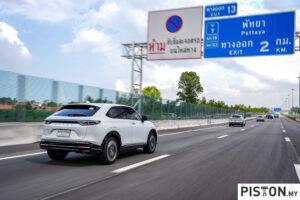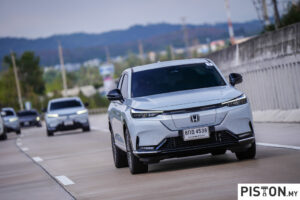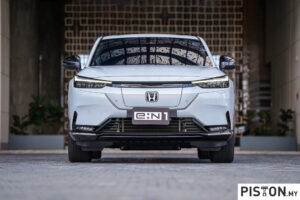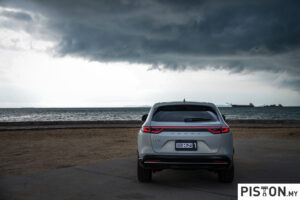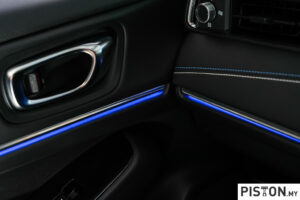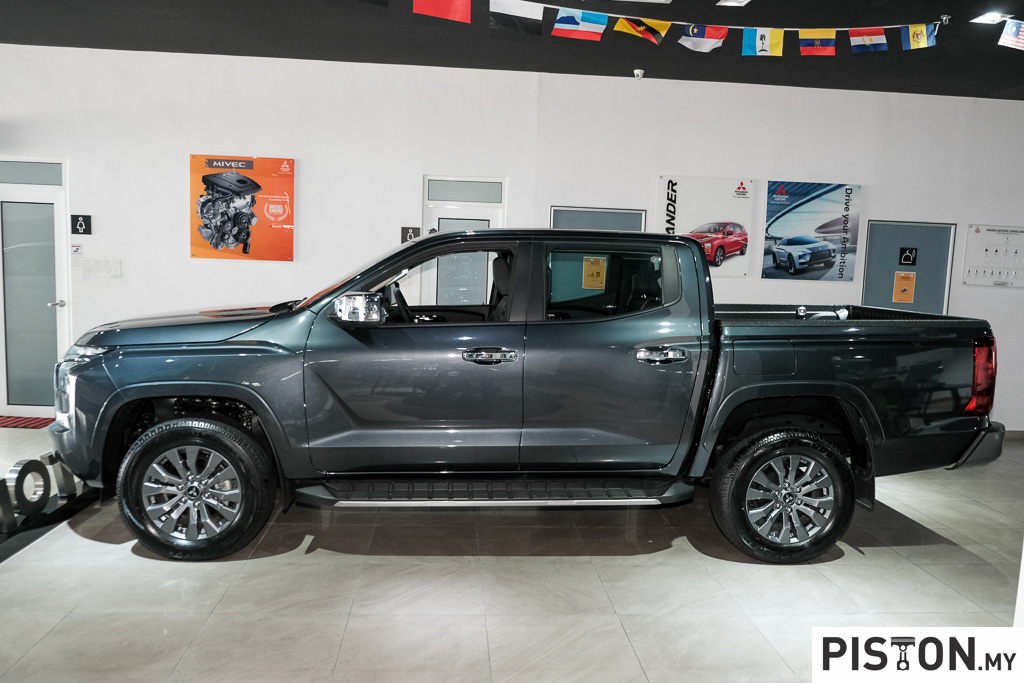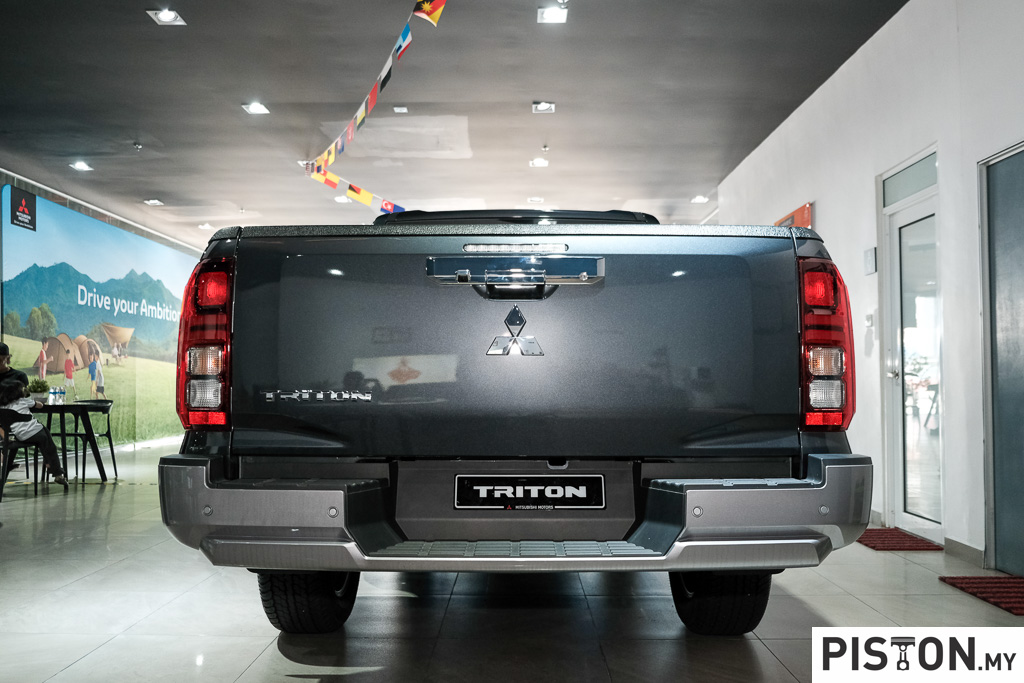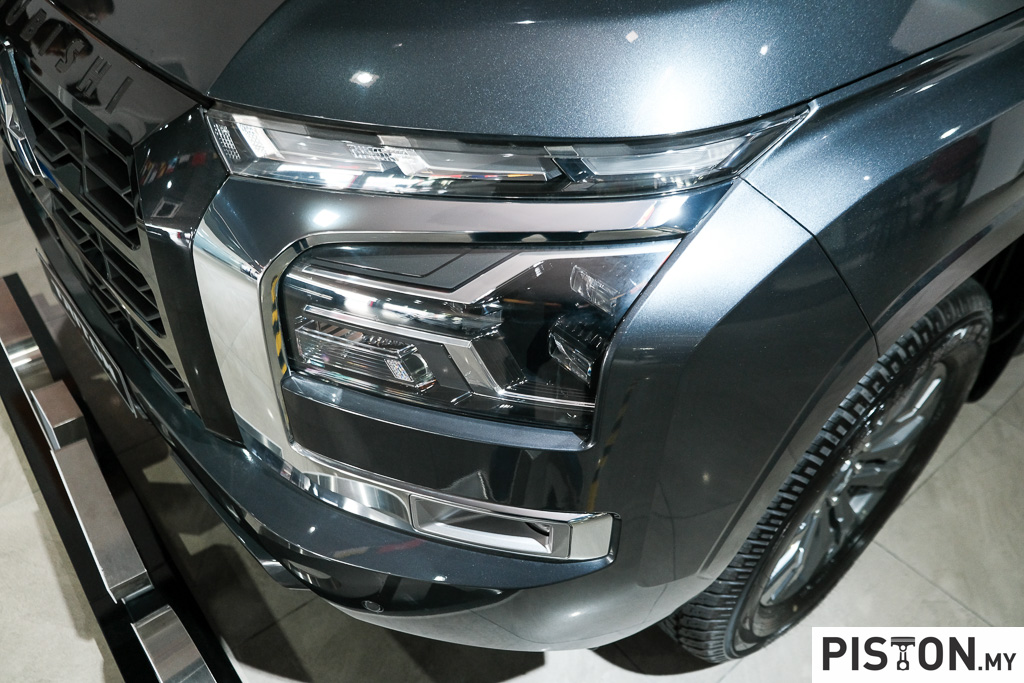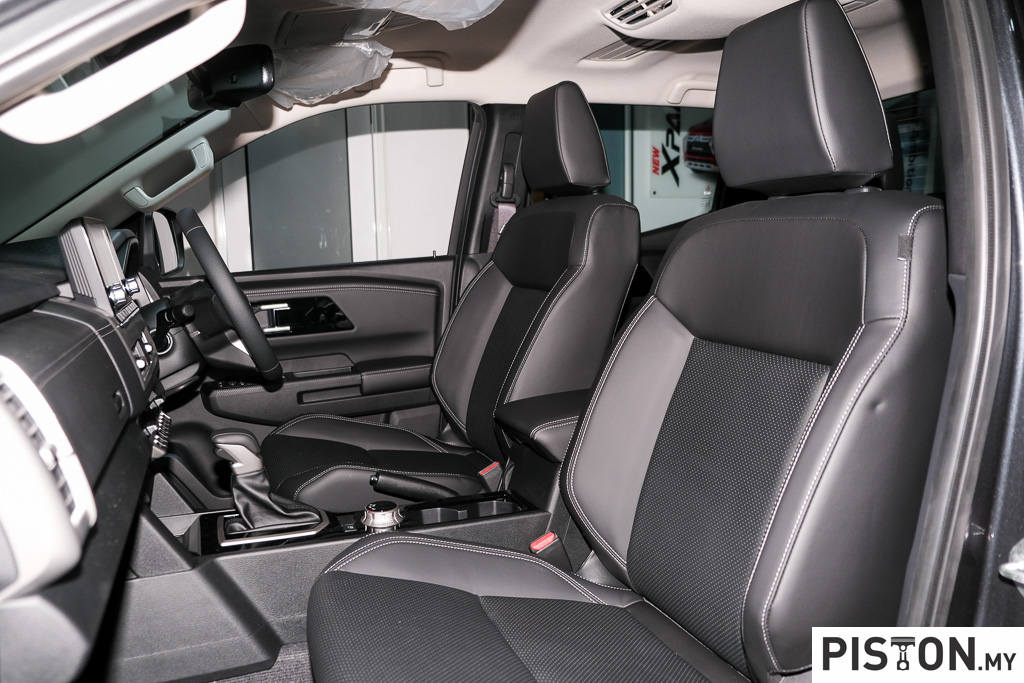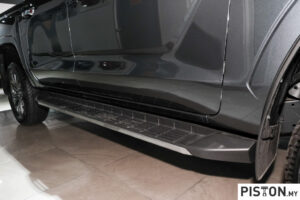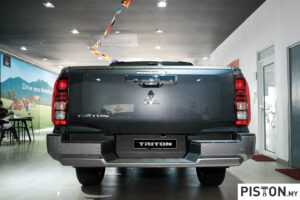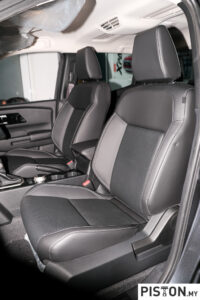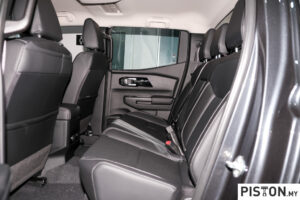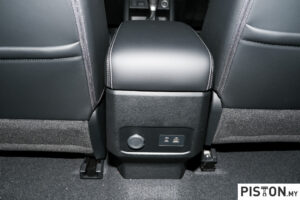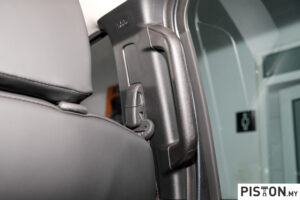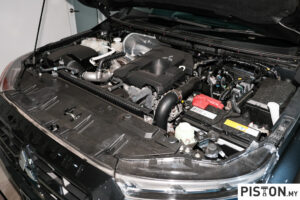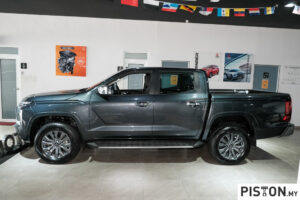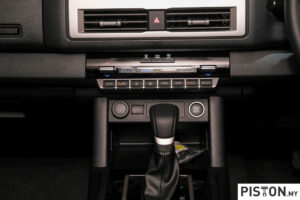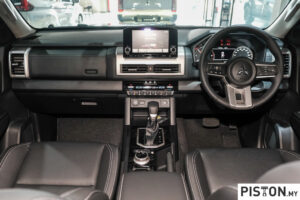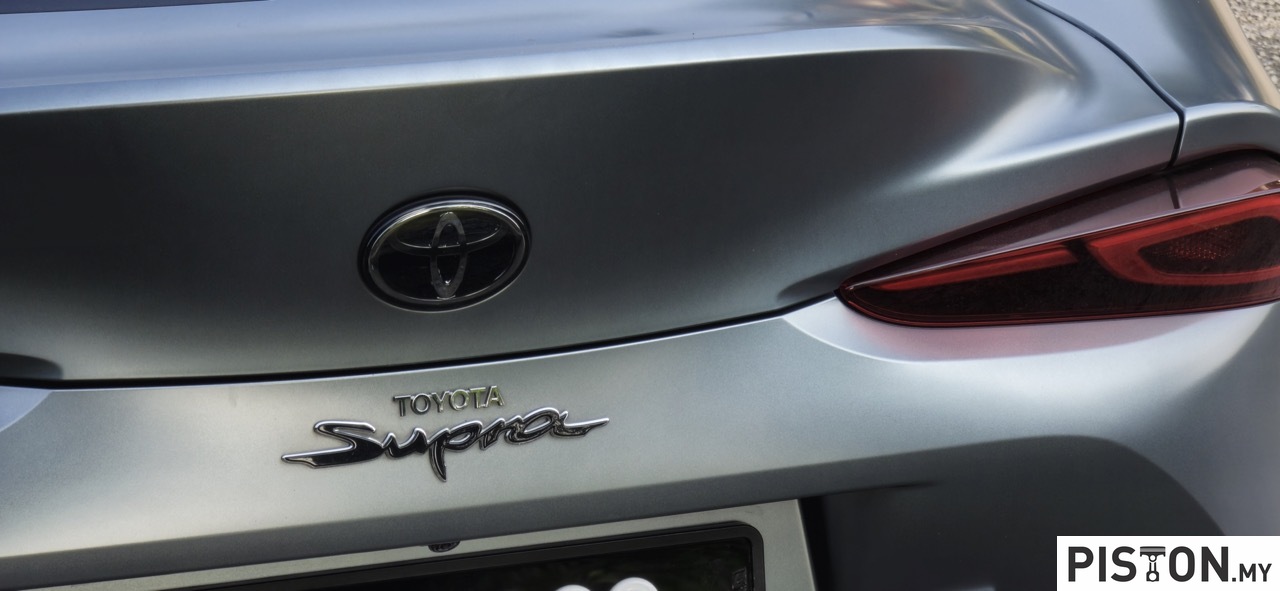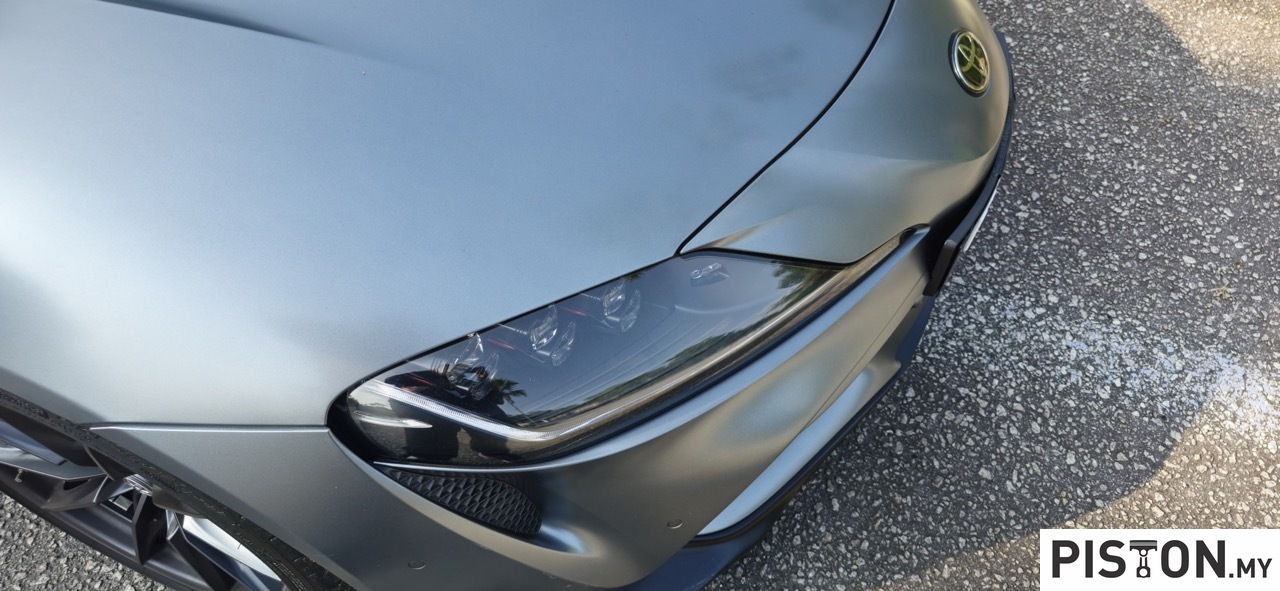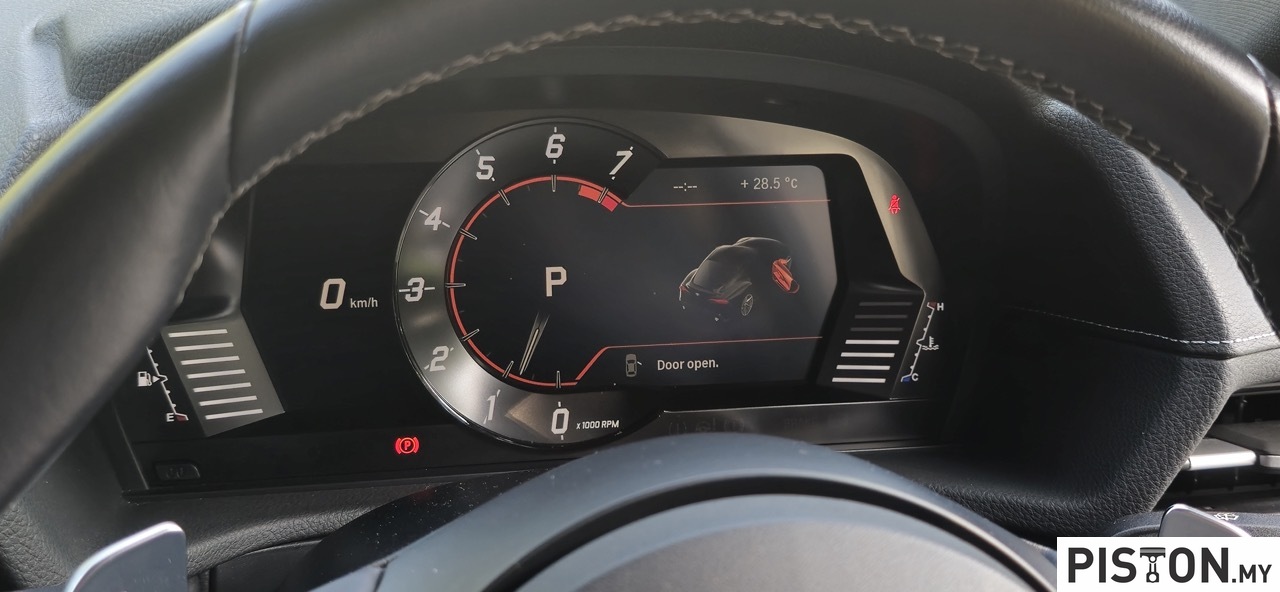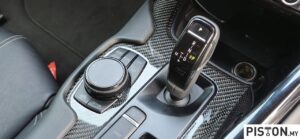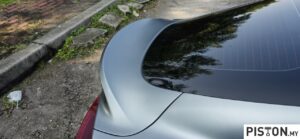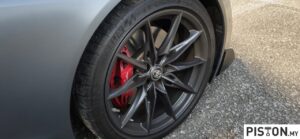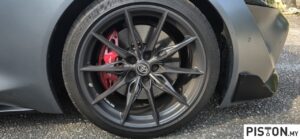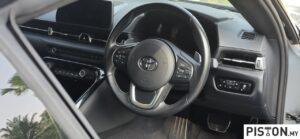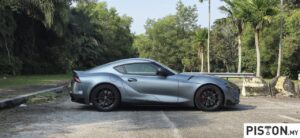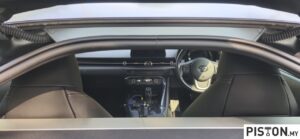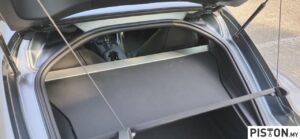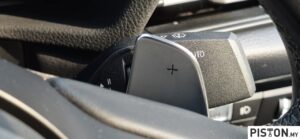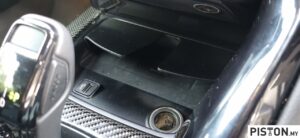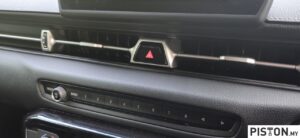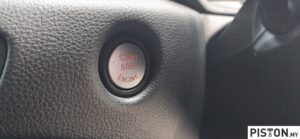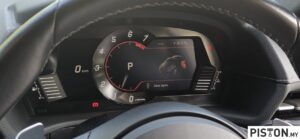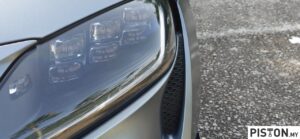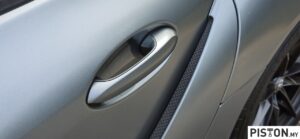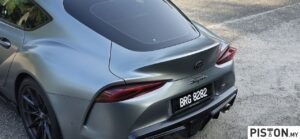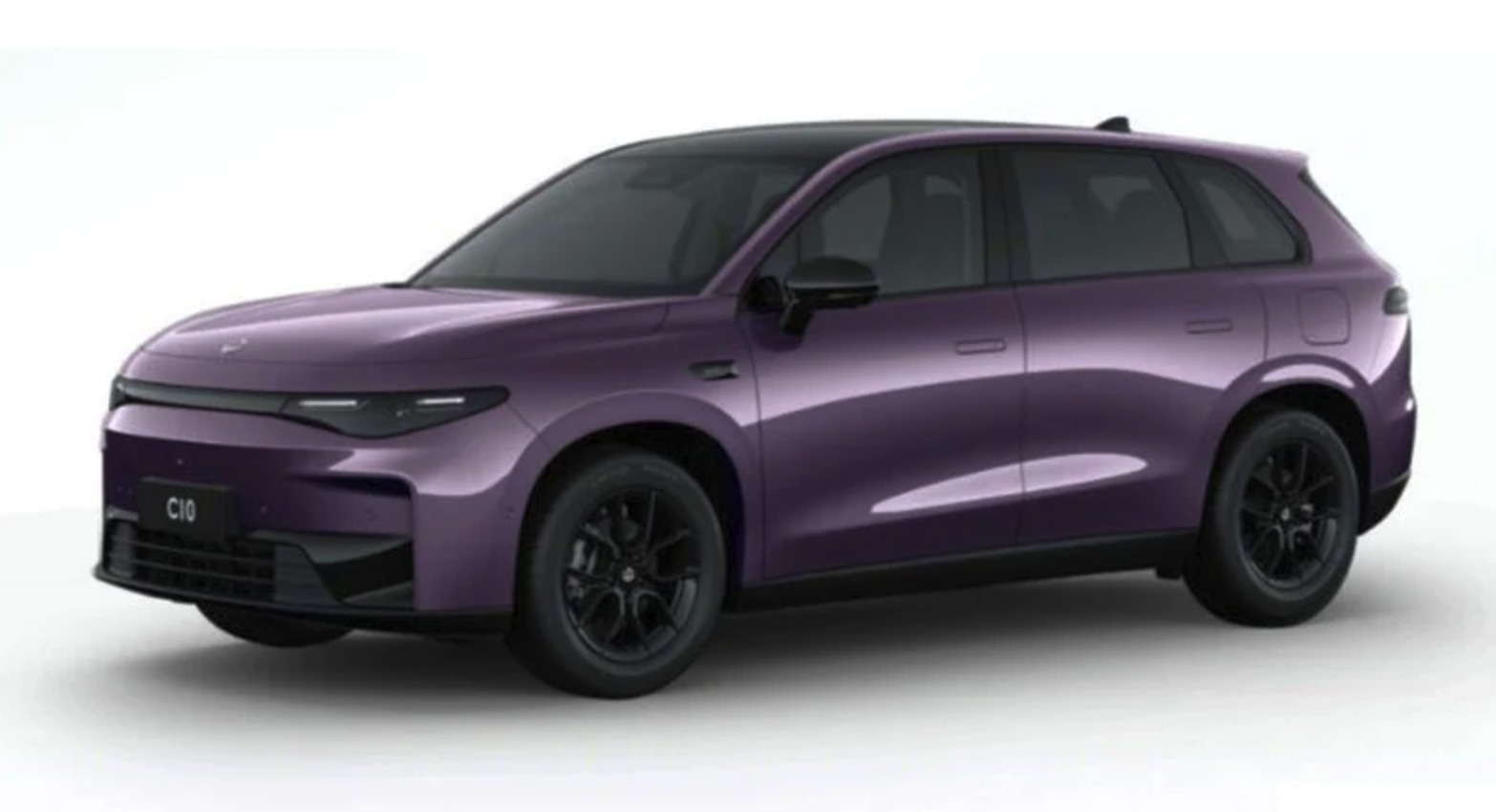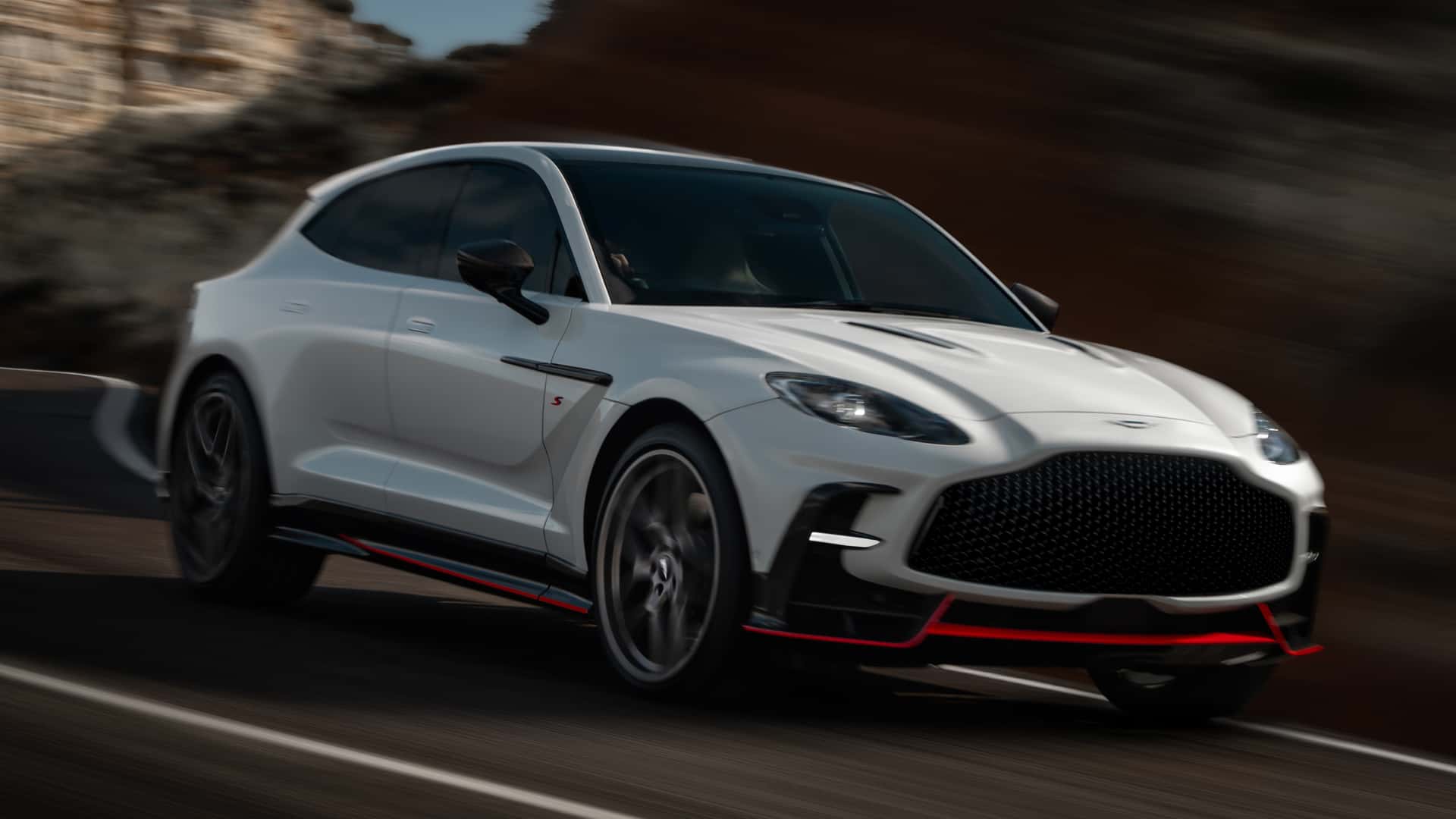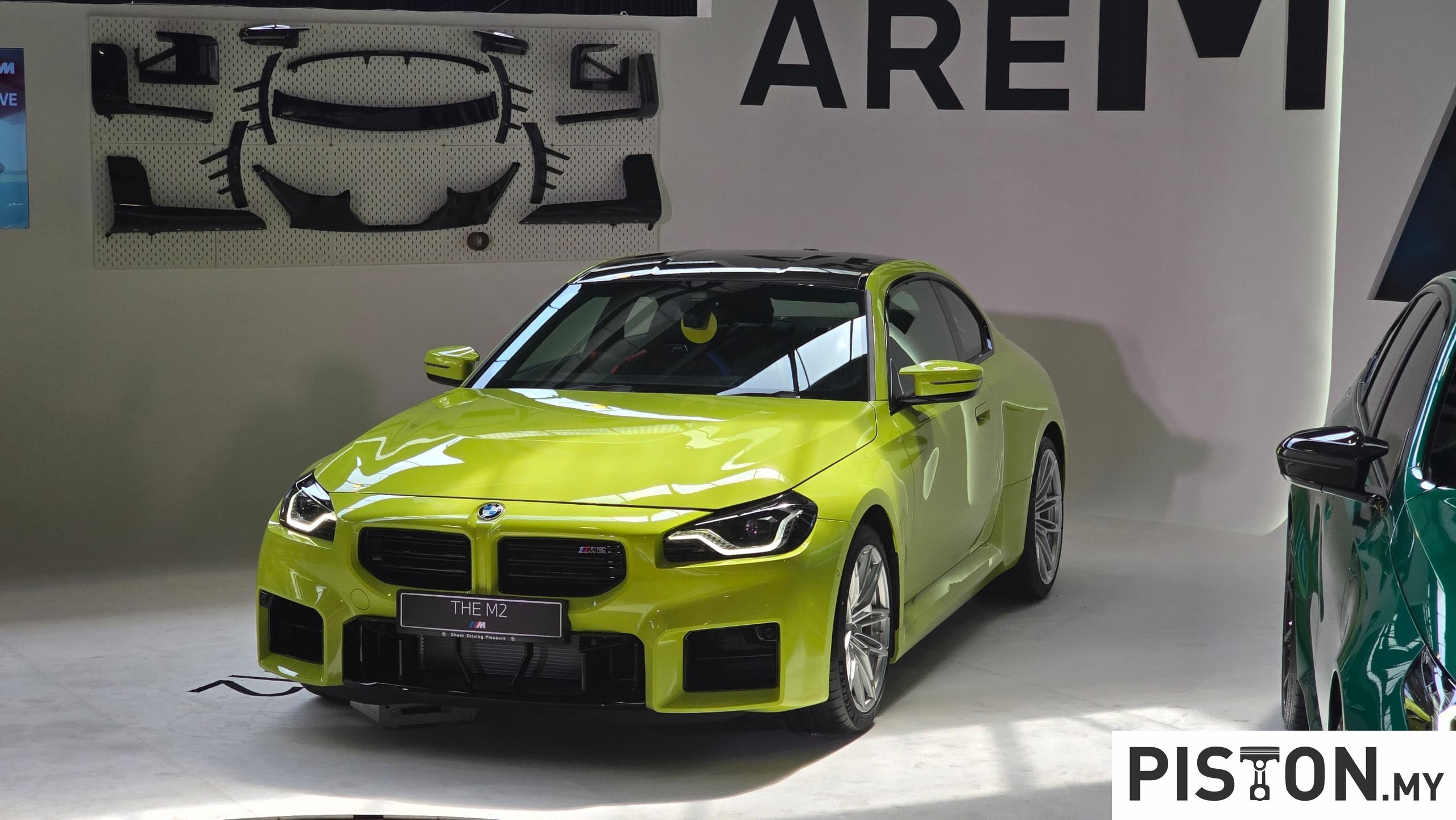When it comes to large SUVs with off-roading prowess, the first thing that comes to mind is the legendary Toyota Land Cruiser. That is just how it has been ever since it was first introduced way back in the 50s.
The Land Cruiser has some proper hardcore DNA in its engine oil since Toyota was commissioned by the US military to produce a compact off-roader for military use in the region, particularly during the Korean war.
Ever since then, the world has come to associate the Land Cruiser with being a dependable off-roader. Helped in large part by the ultra-rich middle easterners who elevated the status of a Land Cruiser from a capable off-roader, to one that included luxury as well.
Hey, if it was good for the sheikhs, then it should be good for the rest of the world.
Many have tried to dethrone it. Nissan tried with the Patrol, Land Rover with its Defender, Jeep and the Grand Cherokee and perhaps even Mercedes-Benz and the G-Class. None have succeeded.
But let’s get serious. If any of us were to be offered one car to drive from the edges of Malaysia to the edges of Scotland tomorrow, it will be a Toyota Land Cruiser.
But alas, the Land Cruiser is not the ultimate answer to all our worldly automotive problems. Over the years, Toyota has stacked on luxurious appointments on top of the ultra-advanced off-roading technologies. And all that cost’s money, a lot of money.
This has turned the Land Cruiser from an affordable, reliable off-roader to one that can take on the mighty Ranger Rover in terms of interior appointments and price.
Visit any automotive classified website and you will be looking at a price tag upward of RM400,000 which is on the cheaper side of the Land Cruiser spectrum. Newer ones with more interior bling will set you back closer to RM700,000.
And you can’t buy them brand new either. You have to buy a Japanese spec model from a parallel importer. Imagine that.
And that has left an interesting gap in the market. One that has now been filled by Great Wall Motors (GWM) and the Tank 500.
But first, a little backgrounder.
So, who is this newcomer that dares to take on the mighty Toyota Land Cruiser at its own game?
The Tank 500 is a sub-brand under the gargantuan GWM umbrella.
GWM needs no introduction. It boasts sales of over 14.9 million vehicles globally with over US$27 billion in annual revenue. Though this figure trails behind the goliaths in the form of Toyota, Honda and Volkswagen, it is only a matter of time until GWM becomes one of the titans of the industry.
To achieve this, GWM introduced sub-brands, with each targeting different segments. Haval is probably its most well-known brand and is GWM’s flagship SUV brand, responsible for the majority of its sales.
Of course, then there is Ora which specialises in electric vehicles and Wey, which is a premium SUV brand that will also soon be introduced to the Malaysian market.
Tank is another such brand under GWM and it focuses on luxurious hardcore off-road SUVs, and Malaysians were first introduced to the Tank brand back in 2024 with the introduction of the Tank 300.
What does Tank focus on?
Every brand has a single-minded focus, its raison d’etre, something that it has become synonymous with.
BMW has become synonymous with power and performance, Porsche with motorsport, Ferrari with Formula 1, and Land Cruiser with dependability.
GWM introduced Tank back in 2020 and positioned it so that it became synonymous with premium, hardcore, off-road SUVs. In fact, one of the core philosophies of the Tank brand is the “harmony between toughness and comfort.”
Besides that, the Tank brand will also focus on diversified powertrains with models that range from traditional petrol engines, hybrid electric vehicles, as well as plug-in hybrid options.
And you can see this with the local Tank line-up. The Tank 300 is powered by a petrol engine and the newly introduced model is powered by a hybrid electric powertrain.
So, what is the Tank 500 then?
If I have not already made it obvious, the Tank 500 is a premium SUV with some serious off-roading capabilities.
I didn’t get to try out it’s off-roading prowess during a test drive to Penang and back, but it has 11 driving modes dedicated to getting you out of any situation.
And if you have not already guessed by the way it looks, it is inspired by and has the traditional Land Cruiser buyer squarely in its cross hairs.
But unlike the old school premium SUV’s which rely on big capacity engines, the Tank 500 is powered by a 2.0-litre, four-cylinder, turbocharged engine which is mated to an electric motor which in turn delivers its power to the wheels through a nine-speed gearbox.
Is such a small engine good enough to propel such a big, heavy SUV? Well, the power figures may suggest as much. The engine puts out 244PS and 380Nm of torque, while the electric motor churns out 106PS and 268Nm by itself. And of course, the combined output figure stands at a mighty 346PS and 648Nm of torque.
But the Tank 500 is a car that weighs a little over 2.5 tonnes. So even though the power output is impressive, you really don’t feel it working to move the car. But driving character is something I’ll touch on in more detail later.
However, this is where I will point out that some markets offer the Tank 500 with a 3.0-litre, twin-turbo, V6 engine that puts out 348hp and 500Nm of torque. Perhaps that may suit the character and purpose of the Tank 500 better than a 2.0-litre engine.
Besides that, though, the Tank 500 has a squadron of clever electronic gremlins designed to keep the car going in almost all situations.
Some of this includes the “Tank Turn Assist” feature, which can help you with tight manoeuvres by locking the inside rear wheel. Something like dropping an anchor to turn a tight corner, fans of the Battleship movie will know what I am talking about.
On top of that, the Tank 500 is capable of wading through 800mm of water thanks to its 224mm ground clearance. In case you’re unsure of how deep the water is, the SUV even has an in-built water depth detection sensor. So, you’re always in control of the situation.
Electronic drive modes include the eleven I have already mentioned earlier, of this four are for on-road driving. On top of this, you also get intelligent four-wheel-drive system with electronically controlled front and rear differential locks with a mechanical centre locker.
Do you see now why the Tank 500 has Land Cruiser buyers in its sights now? It wants to be everything the Toyota is by offering tech that the Toyota does not. It even has the same “transparent chassis” feature which debuted in Malaysia in the Tank 300. And this is further enhanced with a feature called “Conquerors Perspective”!
These features work by providing the driver with a view of what is going on around and underneath the car, so you can conquer any obstacle, so to speak.
But is it as good as the Land Cruiser?
What is the interior like?
It looks plush, expensive and high-tech when you first get in. Chinese car brands love their gargantuan screens with few hard buttons, and the Tank 500 is no different.
Step into the car and onto the Nappa leather wrapped driver’s seat, and after you get comfortable in the eight-way electronically adjustable driver seat with massage and ventilation function, your eyes will be greeted by a massive screen to your left.
This screen measures in at 14.6-inches and is basically the control centre for the car. Everything except for the four-wheel-drive functions is activated through this screen. In true classic off-roader fashion, the four-wheel-drive functions have separate hard buttons for them.
Up ahead of you is another digital screen as the instrument cluster, this time measuring in at 12.3-inches and giving you all the essential data you need as you go about your daily drive.
You also get a full panoramic roof but more importantly, it comes with a power retractable shade. This is super important for our Malaysian climate.
At the back, the rear passengers get copious amount of legroom. The car is big, and you feel it from the inside as well. Passengers also get ventilated seats, roof mounted air-conditioning vents (as they should be) and two USB ports for their devices.
For entertainment, you get wireless Carplay and Android Auto, with music piped into the cabin through a 12-speaker Infinity sound system.
Fit, finish, quality of everything is fantastic. The interior makes you feel like your money has been well spent.
But once you start poking and prodding around the cabin, you will notice that the wood trimming is not actually wood. Which is fine because that is common practise these days and it still looks good anyway. It definitely does not look cheap.
And then once you spend a little more time in the front seats particularly as a passenger, you will notice that there is no volume button. So, in case you want to increase or decrease the volume of the music, you either have to swipe downwards on the screen to access the volume menu, or you have to get the driver to do it via the hard button on the steering wheel.
Younger passengers may not mind it since they’re exposed to screens from the very beginning anyway. But the real irritation here is that you cannot swipe down when you’re using Carplay or Android Auto. Instead, you must go back to the main menu and then swipe down.
I personally found it very irritating, but GWM Malaysia recommended to use the voice command feature instead. This works fine but needs some getting used to because sometimes all you want to do is turn it all down a couple of notches and chill out, without actually talking.
Moving on.
Boot space is massive to say the least. The Tank 500 is a seven-seater and you summon up the two extra seats by pressing a button. They lay back down electronically as well.
Legroom for the rear two seats isn’t that great so perhaps it is best kept for the kids or the vertically challenged.
How does it feel like to drive and be driven in?
The suspension of the Tank 500 is rather conventional with a double wishbone independent at the front, and multi-link live axle coil sprung rear.
You don’t get any of that electronically adaptive suspension which is understandable because the Tank 500 is an off-roading machine.
But the Tank 500 is built using a traditional body-on-frame method. This means that the cabin, engine bay, cargo area is built as a separate unit and later bolted onto a rigid frame which resembles a ladder.
It is common for pick-up trucks, heavy-duty commercial vehicles and large SUV’s to be built this way because it is more durable and stronger especially for off-road use.
But the downside to this is that ride quality takes a hit.
If you have ever sat in the back seat of a Toyota Hilux or an Isuzu D-Max, you will know what I mean. You basically feel the car hopping over surfaces, and there are tiny jiggles which intrude back into the cabin.
At first, this confuses you because you shouldn’t feel this in a premium SUV that costs upwards of RM300,000. But the more you spend with the car, the more tolerable it becomes. Good cars have a way of masking all the bad stuff and the Tank 500 does it quite well.
Then there is the refinement of the cabin which is exemplary for other car makers. GWM has used double-glazed windows all throughout the cabin. This is quite unique for this price point because most car makers only use it around the front window panels.
This then results in an interior that remains whisper quiet even at high speed.
Power delivery is decent enough though, as mentioned earlier, there is no urgency during acceleration. Though you get a lot of torque (648Nm is no joke), it certainly does not feel like it is going anywhere very quick.
But from the captain’s seat up front, you feel like you are in total control of the road with good visibility all around.
From what I experienced on the highway, the Tank 500 will cruise all day long while keeping you in total comfort. In traffic, it isolates you from all the hustle and bustle of the world outside. Even the Adaptive Cruise Control works seamlessly between braking and accelerating. It is only when a car wedges itself ahead of you that the system gets confused.
It is even perfect to be driven in as well, and if you are worried about getting in and out of the car, there is an electronic footstep that pops out to greet you when you need to get in and out of the car. This step folds out every time you open and close a door. I couldn’t help but wonder how long it will be able to keep that up till it gives up, then I found out it can be turned off and kept permanently in place. Phew.
So, is it good enough to spend your money on?
At RM328,000, the Tank 500 is among the most expensive Chinese cars in Malaysia. Granted, it is built in Thailand and it offers good build and ride quality, it is still something that some may struggle to look past.
But this is a segment that is largely untapped. For the same money, you get an entry level BMW X3 and a Mercedes-Benz GLC costs significantly more. Both of which are smaller, feel cheaper and have lesser overall tech than the Tank 500. Feeling shortchanged by the Europeans yet?
And just to help you sleep better, GWM Malaysia offers a comprehensive warranty package such as a six-year unlimited mileage warranty on the car itself. A further eight year or 200,000km warranty on the high voltage battery and a lifetime warranty for the engine, transmission and the hybrid system. There are some terms and conditions that are applied on the warranties, so be sure to read the fine print before signing on the dotted line.
With all the above in mind, I would say that the Tank 500 is a much better buy especially when you consider what BMW and Mercedes-Benz have to offer.
Specifications:
Engine: 2.0-litre, turbocharged, four-cylinder hybrid with electric motor
Transmission: 9-speed automatic
Power: 346PS
Torque: 648Nm
Suspension: Double wishbone independent (Front) / Multi-link Live Axle Coil Spring (Rear)
Price (As tested): RM328,000
We like: Value for money
We don’t like: Feels like it needs more power






